100 of the Best Books of All Time (original) (raw)
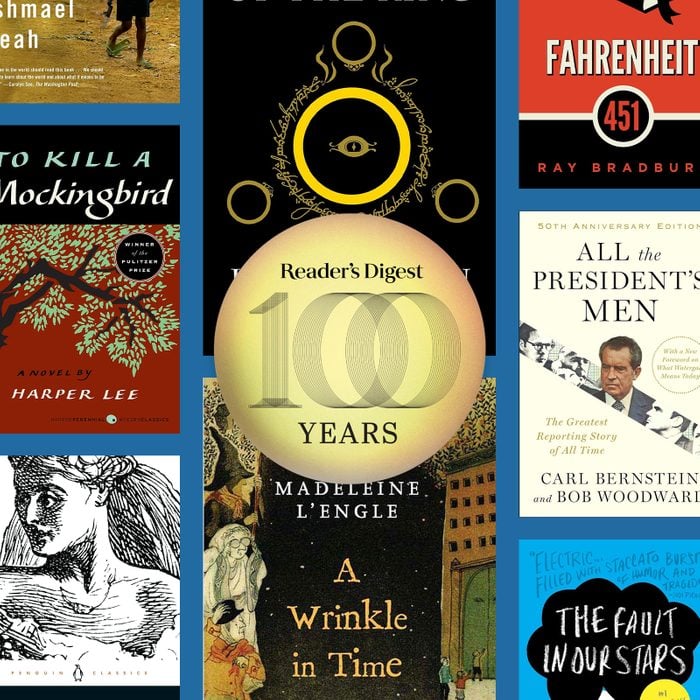
RD.COM, VIA MERCHANT (8)
Books everyone should read
From the best fiction books and best nonfiction books to Christmas romance books, there are so many excellent titles collected in libraries and bookstores around the world. So how do you know when one belongs among the best books of all time? Well, we believe the best books open our minds to new characters, points of view, and worlds. They stay with us long after the last page is read. They make us want to share them with everyone. Check out these book lover quotes that speak to your soul. Our avid readers have also shared their list of book recommendations they turn to again and again.
That’s true of all the tomes on our list of the best books of all time. To land in the top 100, a book needed to truly stand out in the stacks. We considered best sellers, award winners, and books that are highly rated by readers and critics alike. Many have been made into blockbuster movies. (Make sure to check out these exciting book to movie adaptations coming out this year!) Going on, many are taught in schools today. Many have snagged spots on other “best of” lists published by the likes of the New York Times, The Guardian, NPR, PBS, Time magazine, and more. And most have had profound impacts on literature, culture, or the world in general. Our list includes everything from classics, to new favorites, to biographies and children’s books. Ready? Let’s dive in!
Before starting, find out where to donate books and spread happiness by sharing your old ones with others.
Join the free Reader’s Digest Book Club for great reads, monthly discussions, author Q&As and a community of book lovers.
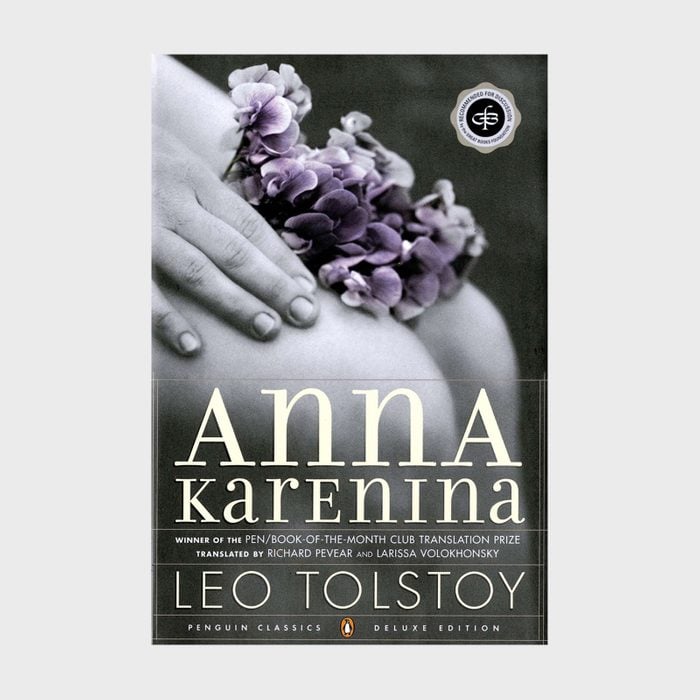
via amazon.com
1. Anna Karenina by Leo Tolstoy (1878)
Ah, Anna Karenina. Lusty love affair or best romance of all time? Most critics pin it as one of most iconic literary love stories, and for good reason. Leo Tolstoy’s sweeping Russian tale of star-crossed lovers is littered with swoon-worthy love quotes like, “He stepped down, trying not to look long at her, as if she were the sun, yet he saw her, like the sun, even without looking.” Described by Fyodor Dostoevsky as “flawless,” this one belongs on any book collector’s shelf.
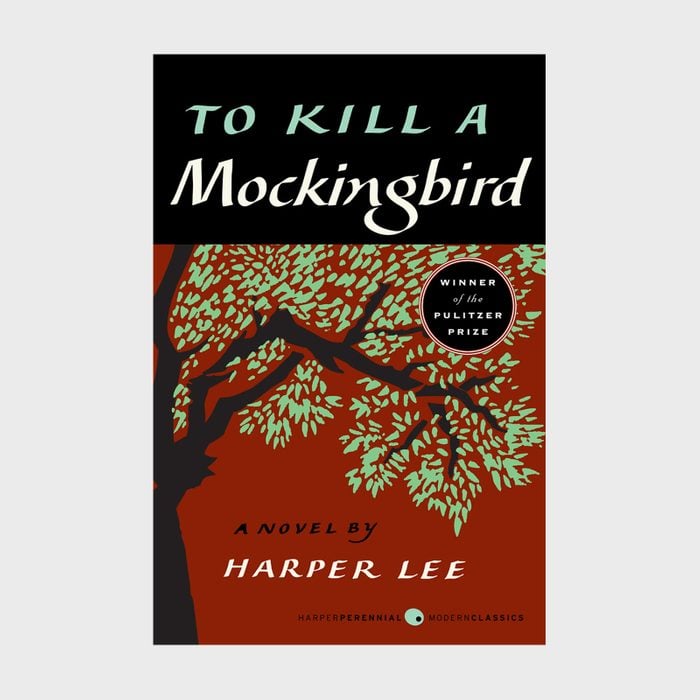
via amazon.com
2. To Kill a Mockingbird by Harper Lee (1960)
Harper Lee’s To Kill a Mockingbird upends the quiet solitude of a segregated Southern town with a story of innocence and virtue, bigotry and hate, love and forgiveness. Eight-year-old Scout Finch and her father, Atticus, find themselves enmeshed in the trial of a Black man accused of raping a White woman. In one of the most deeply sad books, Lee tells the events, revelations, and lessons through the eyes of a young child. Widely read and widely taught, To Kill a Mockingbird continues to spark discussions of race in classrooms and libraries across the country.
Looking for your next great book? Read four of today’s bestselling novels in the time it takes to read one with Reader’s Digest Select Editions. And be sure to follow the Select Editions page on Facebook!
ⓘ
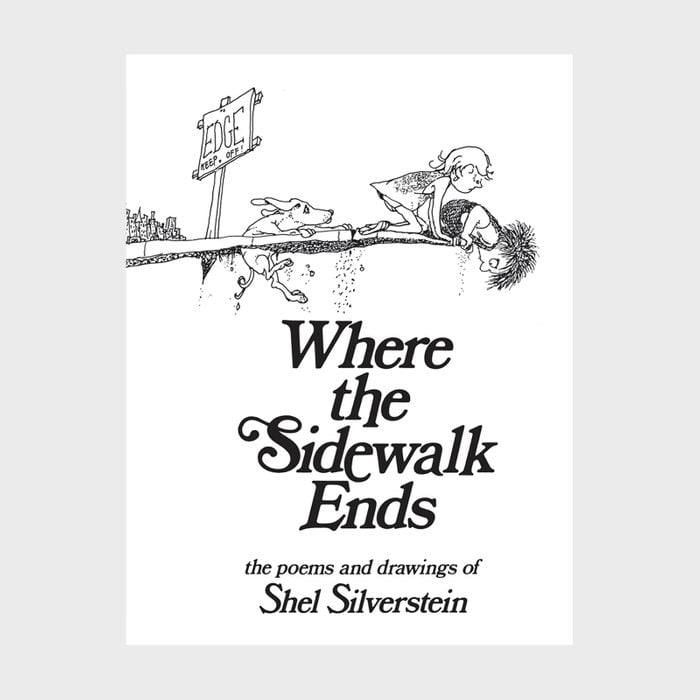
via amazon.com
3. Where the Sidewalk Ends by Shel Silverstein (1974)
The imagination and artistry of Shel Silverstein are on full display in this classic collection of short stories and poems. Where the Sidewalk Ends is truly one of the best poetry books of all time because of its staying power for children and adults alike. Whimsical and masterful, the stories of this American poet, author, singer, and folk artist have something for everyone.
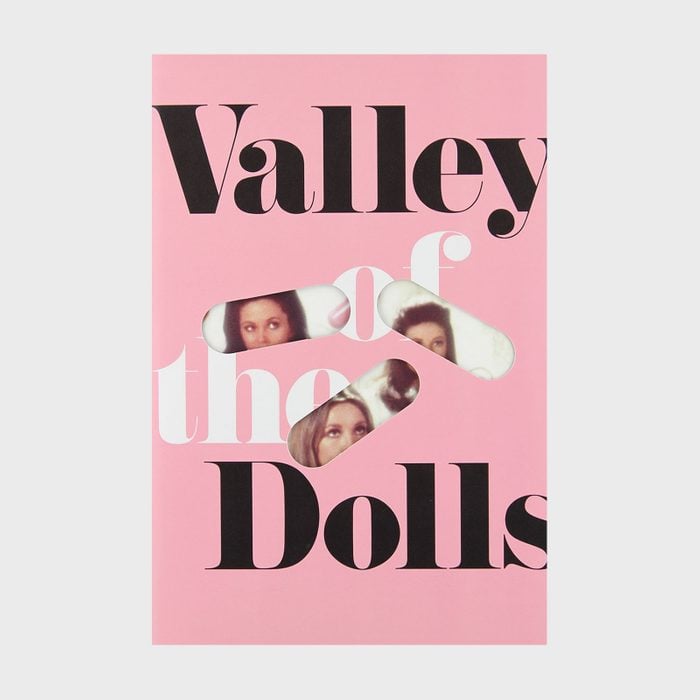
via amazon.com
4. Valley of the Dolls by Jacqueline Susann (1966)
Sex and drugs have a common allure, but they also have a common endgame: a downward spiral. In Valley of the Dolls, Jacqueline Susann offers in lurid detail the stories of three young women who want nothing more than to reach the pinnacle of life. But just as they see it in their grasp, they lose it all in a coil of sex, lust, romance, and abandonment. This page-turner is one of those classic beach reads you won’t be able to put down, and it paved the way for similar scintillating vacation books.
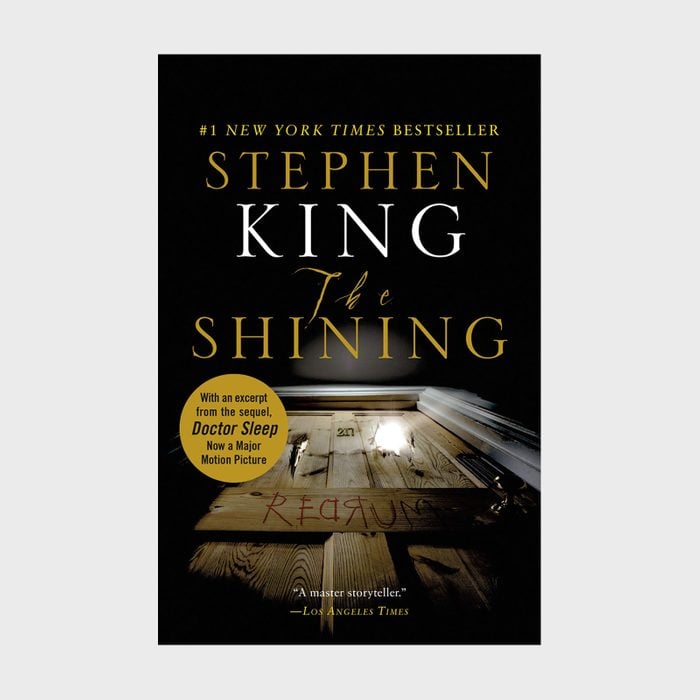
via amazon.com
5. The Shining by Stephen King (1977)
The master of suspense must be included in any list of books you should read in a lifetime. That’s why you’ll find Stephen King’s The Shining here. Brought to life in cinematic perfection by Jack Nicholson, Jack Torrance is a middle-aged man looking for a fresh start. He thinks he’s found it when he lands a job as the off-season caretaker at an idyllic old hotel, the Overlook. But as snow piles higher outside, the secluded location begins to feel more confining and sinister, less freeing and more provoking. Horror fans, take note: This is one of the scariest and best Stephen King books of all time.

via amazon.com
6. The Little Prince by Antoine de Saint-Exupéry (1943)
The Little Prince is a timeless tale of a prince’s journey from planet to planet in search of adventure. What he finds, however, are interactions with adults who leave him frustrated or dismayed. In the Sahara Desert, he runs into the book’s narrator, and the two start an eight-day journey filled with lessons. Don’t let this book’s size fool you—it’s one of the most compelling short books we’ve ever read. It’s also one of the most widely read classics all over the world. Whether you prefer reading in English, French, or another language, you’re bound to find a copy.
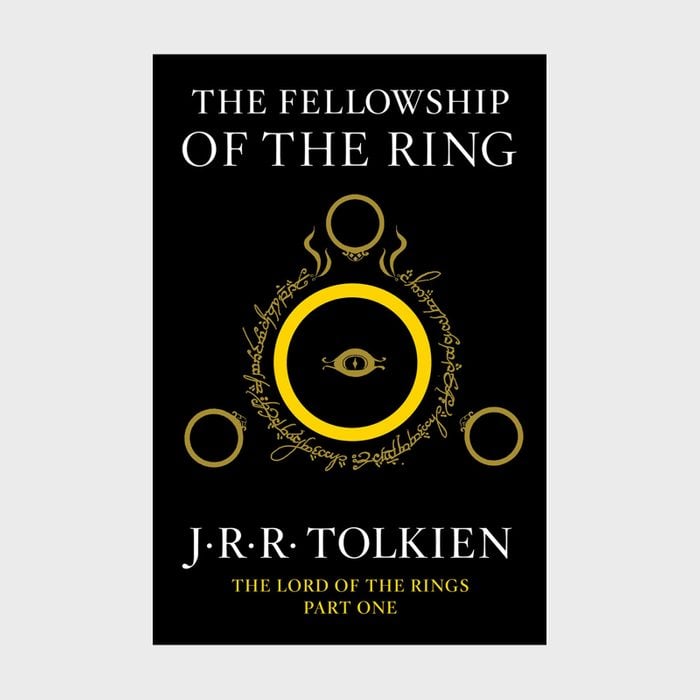
via amazon.com
7. The Fellowship of the Ring by J.R.R. Tolkien (1954)
In The Fellowship of the Ring, the first book in the Lord of the Rings trilogy, journey to Middle-earth and into the world of Frodo Baggins, Samwise Gamgee, Gandalf the Grey, the dark lord Sauron, and the entire assemblage of Tolkien’s most famous characters and story lines. Frodo is tasked with destroying the One Ring, the most powerful Ring in Mordor, but along the way, his quest is filled with many of Tolkien’s unique and captivating characters, as well as an adventure of epic proportions. Though the world of Middle-earth is entirely made up, the trilogy teases out universal themes of good versus evil that have resonated with readers of all ages and backgrounds. It’s widely regarded as one of the best fantasy books of all time and a must-read for lovers of the genre.
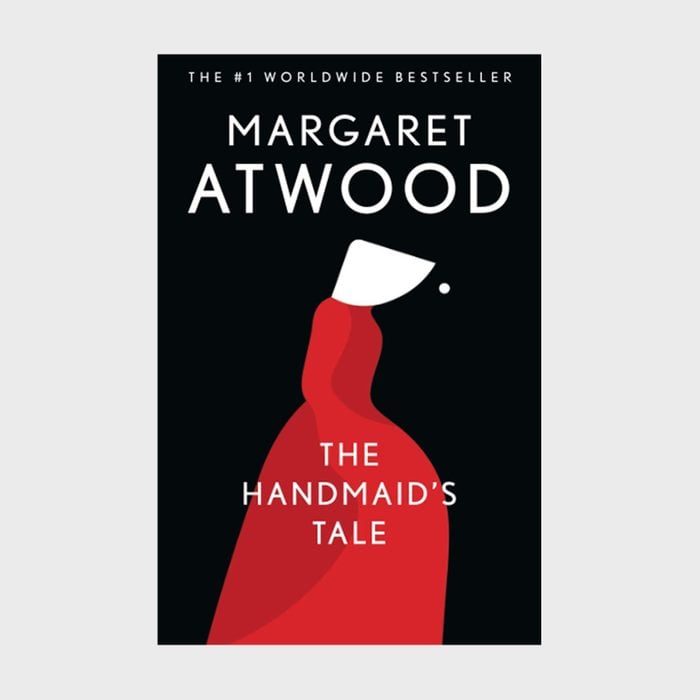
via merchant
8. The Handmaid’s Tale by Margaret Atwood (1985)
Offred, a handmaid in the Republic of Gilead, has been removed from the home, family, and life that she knew only to be forced into service as a housemaid—and a working pair of ovaries. As the population of Gilead falls, a woman’s value becomes contingent upon her fertility and ability to reproduce, and those who can procreate are stripped of their independence. Margaret Atwood’s The Handmaid’s Tale is one part cautionary tale and one part enthralling narrative. Though written decades ago, it remains chillingly compelling for our time as was proven by audience reactions to it’s on-screen adaptation. While Season 6 of The Handmaid’s tale is yet to be released, you can binge the rest of the show on Hulu if you like both watching and reading. There’s a reason Reader’s Digest counts it among the best feminist books.
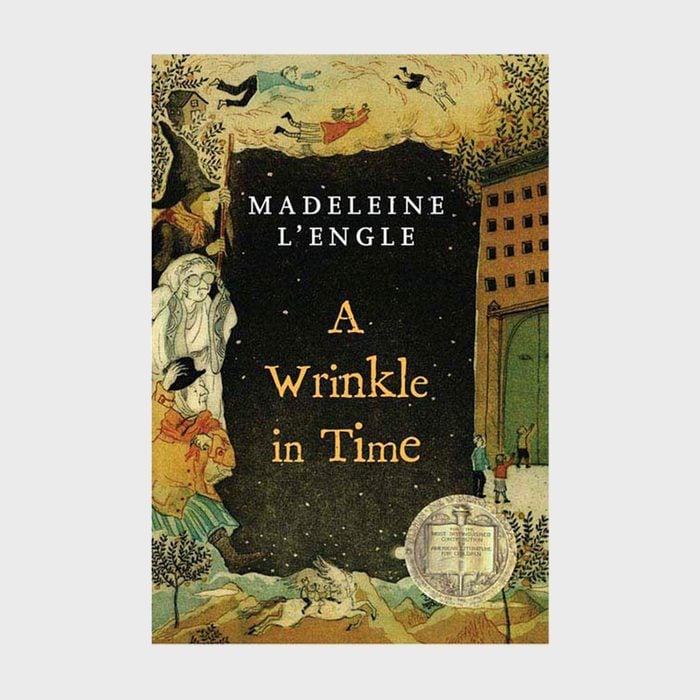
via merchant
9. A Wrinkle in Time by Madeleine L’Engle (1962)
While this book may have seen an uptick in interest thanks to the 2018 film starring Oprah Winfrey, Mindy Kaling, and Reese Witherspoon, Madeleine L’Engle’s A Wrinkle in Time has long been held as a must-read for its fantastical telling of splitting the fabric of time and space. A Newbery Medal winner, this science-fantasy novel follows troublesome and stubborn Meg Murry as she confronts her father’s mysterious disappearance with a collection of peculiar neighbors: Mrs. Whatsit, Mrs. Who, and Mrs. Which. Elements of love, trust, and overcoming fear are woven into this enchanting coming-of-age story. We always recommend reading the book before pressing “play,” so once you’ve thoroughly devoured this story, check out the other stellar books made into movies.
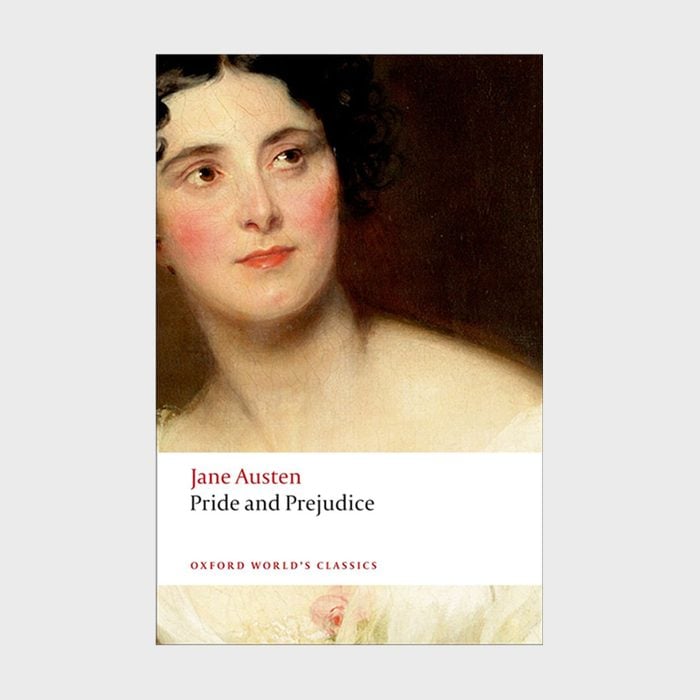
via amazon.com
10. Pride and Prejudice by Jane Austen (1813)
Jane Austen’s classic Pride and Prejudice adorned shelves of many a learned reader in the 1800s and 1900s, but its timeless story and lessons earn it a spot in many home libraries (and on many school reading lists) even today. When eligible young men arrive in their neighborhood, Mr. and Mrs. Bennett must prepare their five eager daughters for the role of a lifetime: wife. While the Bennett sisters’ wit and humor keep the pages flipping, the classic story, which is widely considered one of the best romance novels, also serves as a harbinger for hasty mistakes and erred judgments.
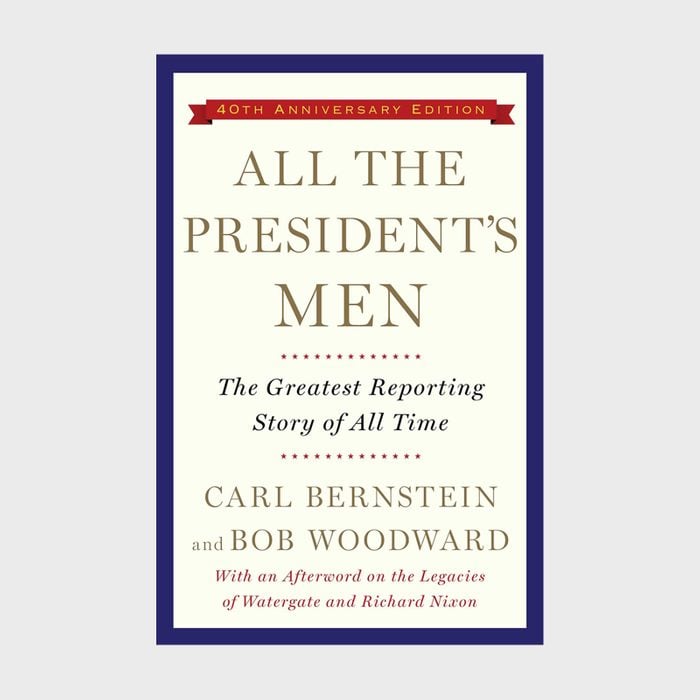
via amazon.com
11. All the President’s Men by Bob Woodward and Carl Bernstein (1974)
Political junkies of all stripes will relish the words of Washington Post reporters Bob Woodward and Carl Bernstein as they recount the experiences and events of Watergate. Published just months before President Richard Nixon’s 1974 resignation, the book outlines all the evidence against Nixon and his cohort of political operatives that the two accomplished reporters unearthed during their investigations. It also marks the genesis of Deep Throat (later revealed to be Mark Felt, the associate director of the FBI), the secretive government informant who helped take down Nixon in the end.
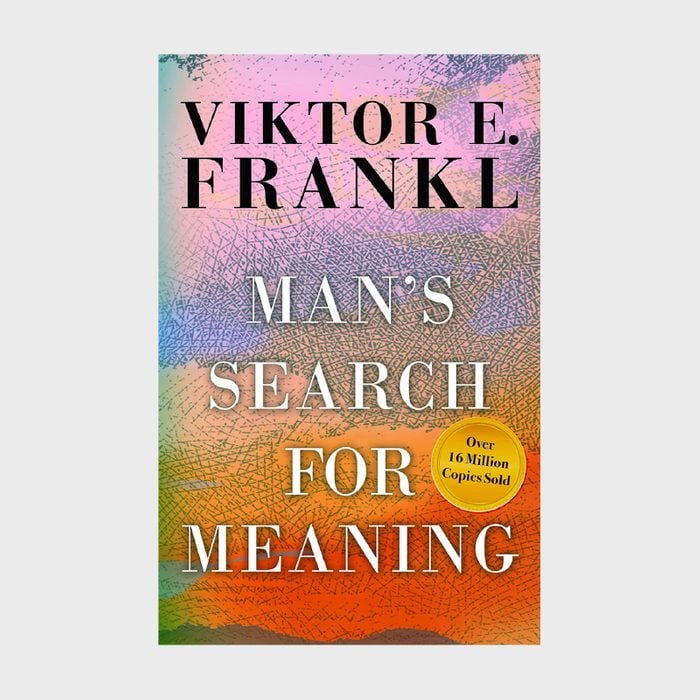
12. Man’s Search for Meaning by Viktor E. Frankl (1946)
Between 1942 and 1945, Viktor Frankl labored in four Nazi death camps. His parents, brother, and pregnant wife perished. Later in life, Frankl became a psychiatrist and practiced what he coined logotherapy, a theory that our lives are primarily driven by the discovery and pursuit of what we find meaningful. In Man’s Search for Meaning, Frankl shares the horrors he faced in those concentration camps. But in this extraordinary Holocaust book, he also shares the lessons he learned—and later taught his patients—about spiritual revival in the face of such great suffering. Here are some more drama book recommendations to add to your reading list.
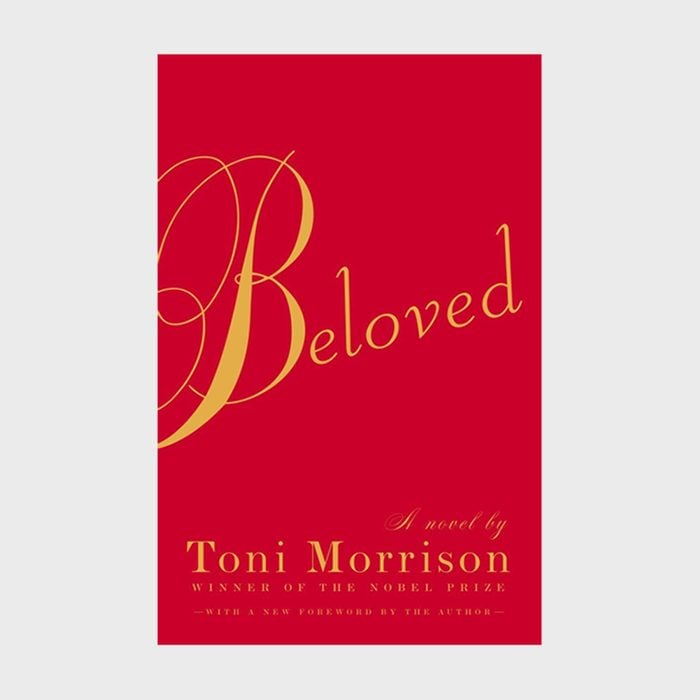
via amazon.com
13. Beloved by Toni Morrison (1987)
Toni Morrison’s Beloved stares down the horrors of slavery and transforms a narrative you think you’ve read a hundred times into a towering tale of pain, agony, triumph, and freedom. The story of Sethe, the novel’s protagonist, is gut-wrenchingly honest and simultaneously beautiful and hideous. She wears the worries of past decisions and strives longingly toward freedom, the arc for which her entire life story bends. The suspense wears heavy on the reader, and the choices you must weigh alongside Sethe are haunting. The book is a cultural landmark for breaking through the monotony of textbook descriptions and offering a human glimpse at a shameful season in history.
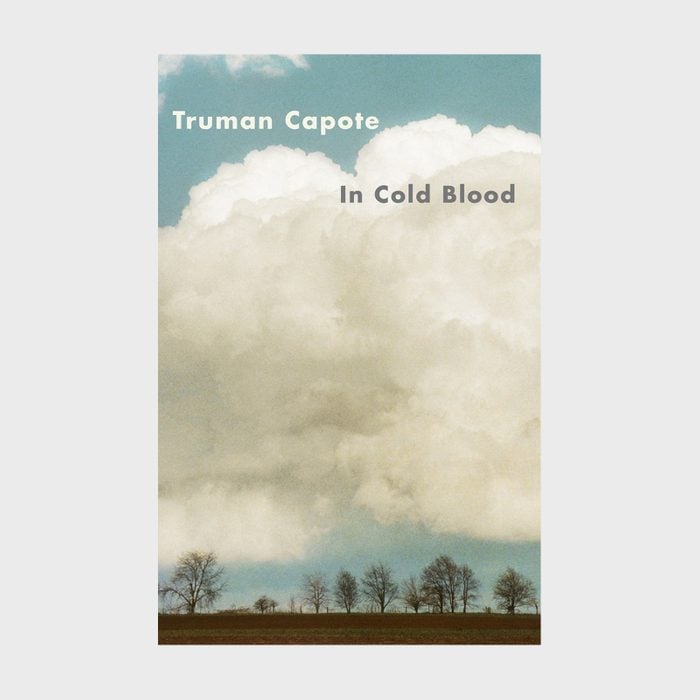
via amazon.com
14. In Cold Blood by Truman Capote (1965)
On Nov. 15, 1959, the small town of Holcomb, Kansas, was turned on end by the savage murder of four members of the Clutter family. The police had no suspects and almost no evidence. Truman Capote’s book In Cold Blood recounts in chilling detail the deaths of the family and the investigation that ultimately led to the arrest of two recently paroled ex-convicts. Capote’s work may be a story stuck in time, but its nonfiction narrative reveals a lot about violence and evil that resonates even today. This is often considered a model for the best true crime books, regardless of the time period.
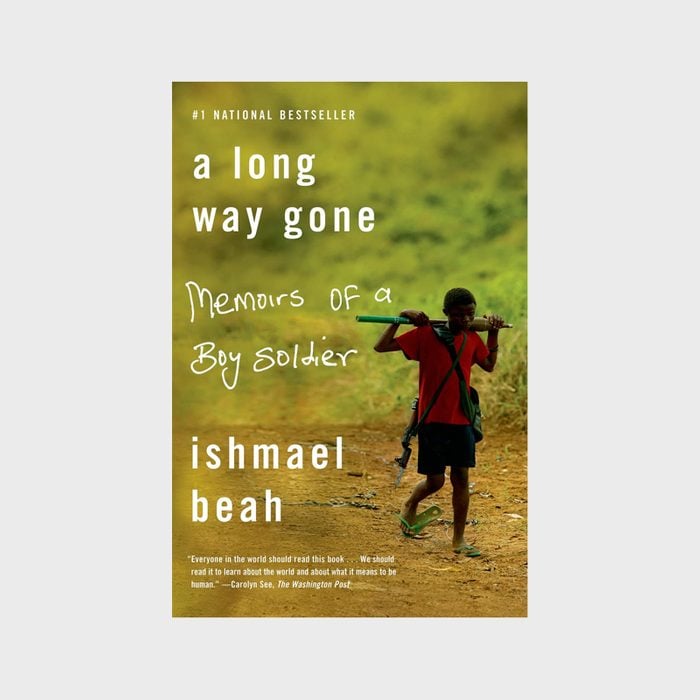
via amazon.com
15. A Long Way Gone: Memoirs of a Boy Soldier by Ishmael Beah (2007)
It’s a story so painful, you’d prefer to think it is fiction. But Ishmael Beah’s A Long Way Gone is an entirely true recounting of his years as a child soldier in Sierra Leone, West Africa. With this book, you’ll get a firsthand look at what life is like for the world’s 300,000 child soldiers, many of whom are stolen from their homes and forced into a world of drugs, guns, and murder. In a world made small by 24-hour news and lightning-speed technology, this is a must-read for understanding the plight of fellow humans.
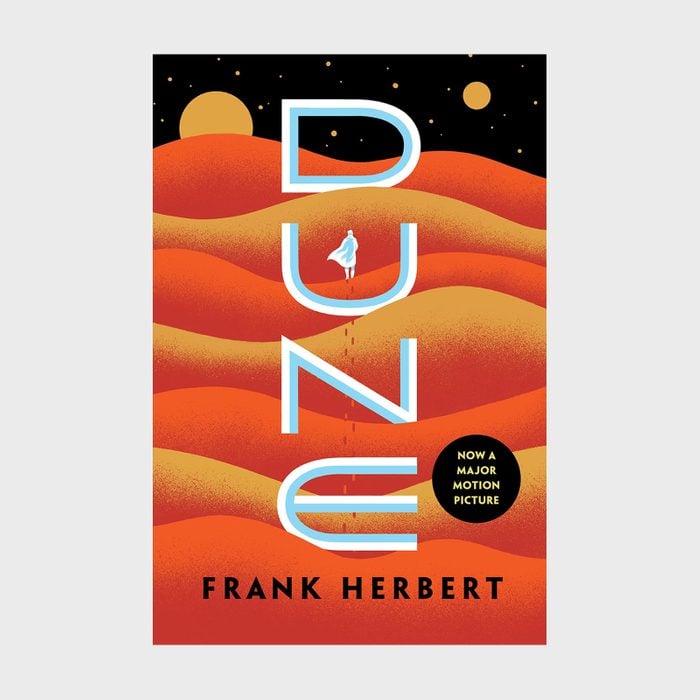
via amazon.com
16. Dune by Frank Herbert (1965)
A science fiction novel for the ages, Frank Herbert’s Dune tells the adventures of Paul Atreides—who will become known as Muad’Dib—as he and his family strive to bring humankind’s greatest dream to life while living on a desert planet. Though written in 1965, much of _Dune_‘s story may be more relevant to 21st-century readers than it was to bookworms who picked it up in the ’60s. It has sparked countless other works in the collection of stellar science fiction books.
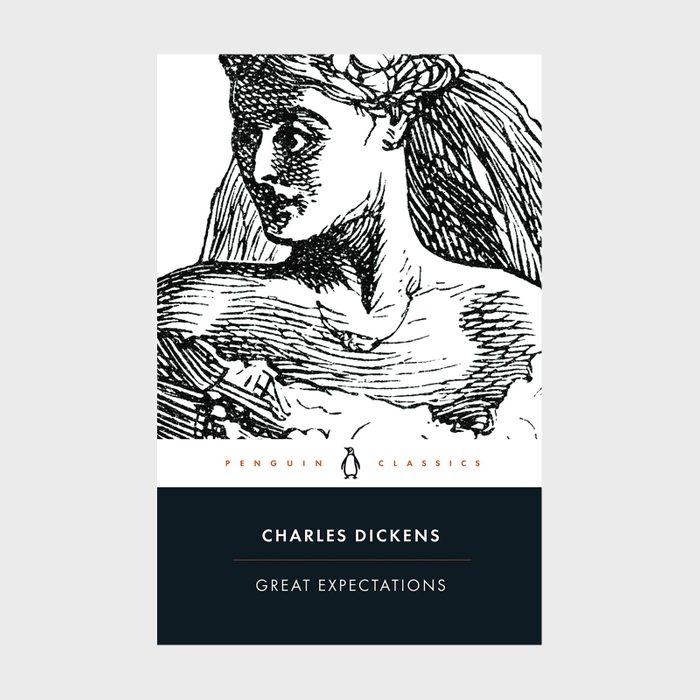
via amazon.com
17. Great Expectations by Charles Dickens (1861)
When Charles Dickens wrote Great Expectations, he gave life to some of literature’s most colorful and enduring characters: Pip, Miss Havisham, and Uncle Pumblechook, to name a few. His penultimate novel, Great Expectations details the life and stories of an orphan named Pip, growing up in Kent and London in the early to mid-1800s. It’s a classic and a must-read quite simply because it’s been described as one of Dickens’ best works, an appraisal to which Dickens himself agreed.

via amazon.com
18. Daring Greatly: How the Courage to Be Vulnerable Transforms the Way We Live, Love, Parent, and Lead by Brené Brown (2012)
Brené Brown, a research professor at the University of Houston, throws everything we know about vulnerability and emotional exposure to the wind in Daring Greatly, one of the most groundbreaking self-help books of our time. After more than a decade of research, Brown wrote this book to dispel the myth that vulnerability is a weakness. Instead, she argues, it’s one of the most accurate measures of courage and the only path to true experiences.
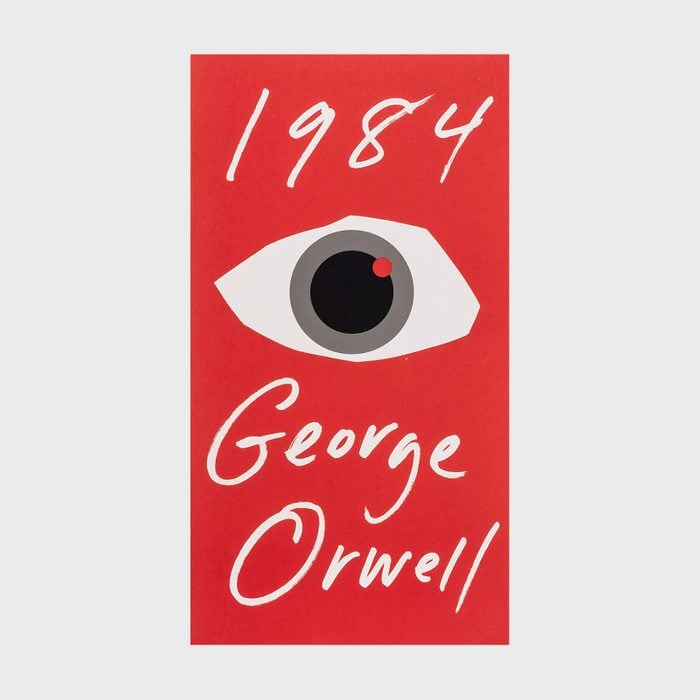
via amazon.com
19. 1984 by George Orwell (1949)
George Orwell certainly couldn’t have known how prophetic his words might have been when he wrote the dystopian novel 1984 in the mid-20th century. Great Britain has fallen and given way to Airstrip One, a province of the fictional superstate Oceania. Airstrip One is ruled by perpetual war and Big Brother, a mysterious leader who uses omnipresent government surveillance and a cult of personality to enforce law and order. Winston Smith, the book’s leading character, must navigate the Party, Big Brother, and his thoughts, which grow more criminal by the day.
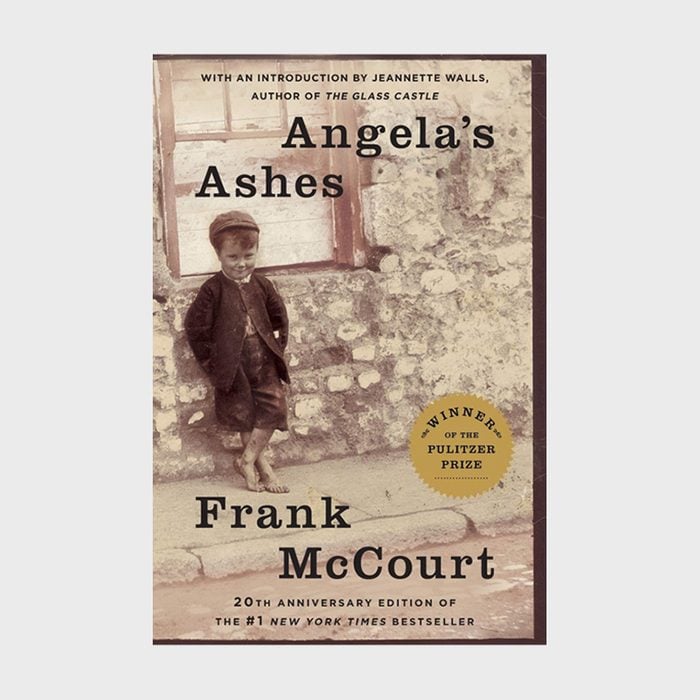
via amazon.com
20. Angela’s Ashes: A Memoir by Frank McCourt (1996)
In his Pulitzer Prize–winning novel, Angela’s Ashes, author Frank McCourt recounts his childhood spent in the slums of Limerick, Ireland: “When I look back on my childhood I wonder how I managed to survive at all. It was, of course, a miserable childhood: the happy childhood is hardly worth your while. Worse than the ordinary miserable childhood is the miserable Irish childhood, and worse yet is the miserable Irish Catholic childhood.” McCourt battled poverty, near-starvation, neglect, and cruelty but manages to tell his story with humor, compassion, and self-perpetuating power. His award-winning book is widely considered one of the best memoirs of all time.
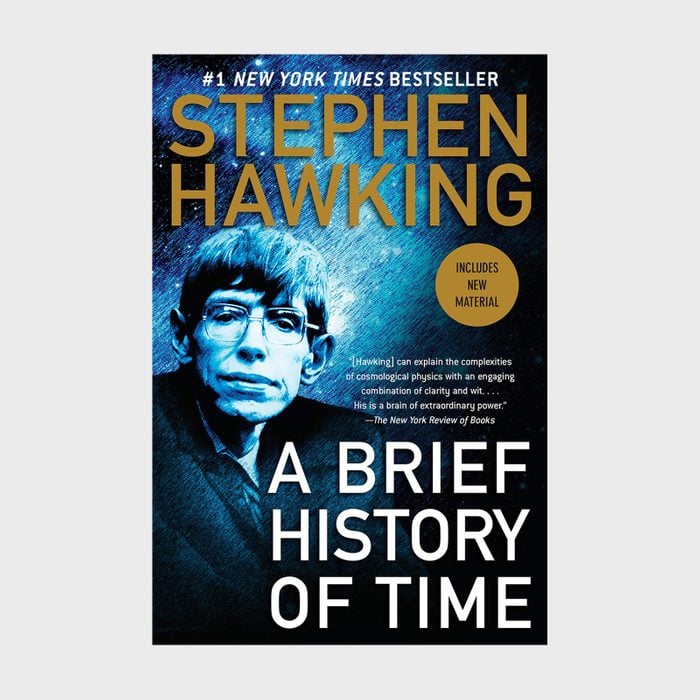
via amazon.com
21. A Brief History of Time by Stephen Hawking (1988)
Most science books, even well-written ones, read a bit too much like textbooks. But renowned English physicist, cosmologist, and author Stephen Hawking manages to turn some of the world’s most profound questions—How did the universe begin? What happens in the end?—into captivating reading. A modern physics guide, this book was perhaps the first to make the most mysterious elements of the universe (black holes and quarks) entirely accessible for the general public.
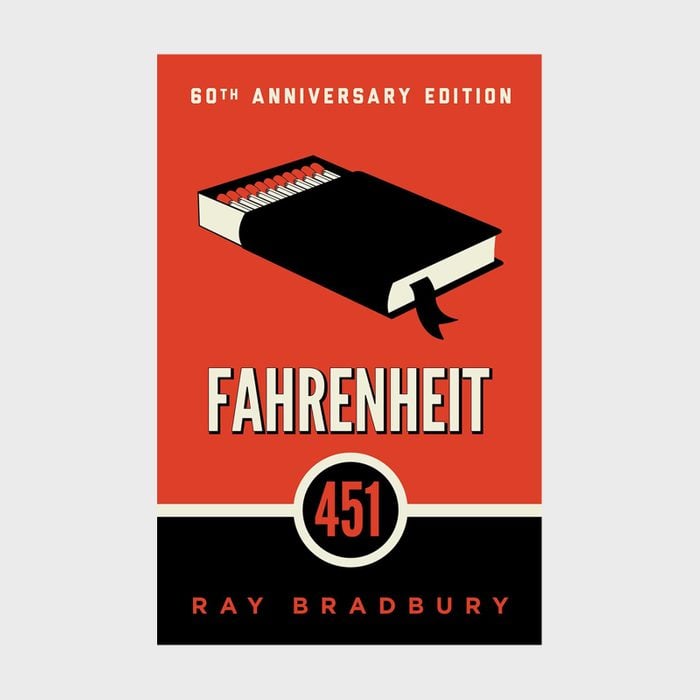
22. Fahrenheit 451 by Ray Bradbury (1953)
Guy Montag’s existence in Fahrenheit 451 might hit a little close to home: He’s a fireman in a futuristic dystopian world whose job is to find and destroy the illegal commodities of a world whose sole focus is television: books. Indeed, Montag believes the printed word is dangerous—until a mysterious neighbor, Clarisse, shows up and opens his eyes to the wonder of the written word. This spellbinding story explores questions about the importance of literature and free speech. If you oppose banning books, this is the novel for you.
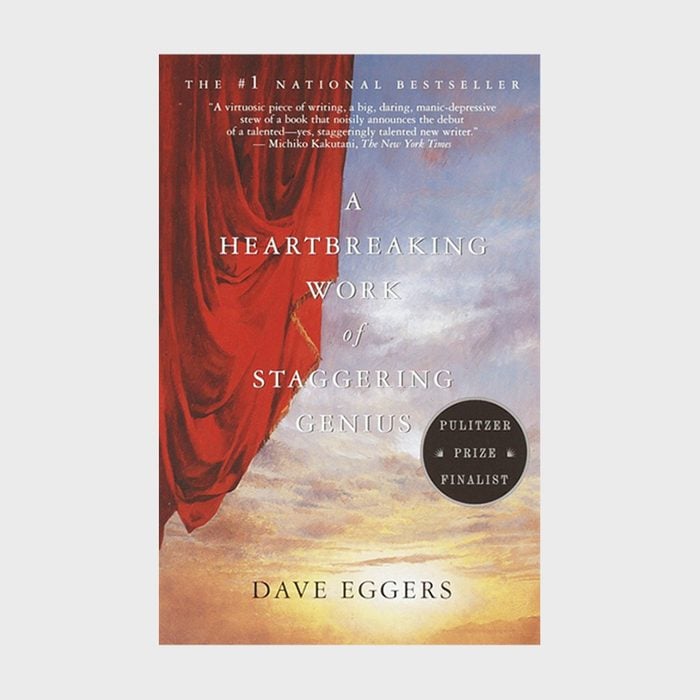
via amazon.com
23. A Heartbreaking Work of Staggering Genius by Dave Eggers (2000)
First released in 2000, Dave Eggers’ A Heartbreaking Work of Staggering Genius became a national best seller, a Pulitzer Prize finalist, and a heartwarming classic. This masterpiece is the memoir of a college senior whose life is turned upside down when he loses both of his parents within the span of five weeks and finds himself the guardian of his eight-year-old brother. Despite that ominous start, the book manages to be wildly funny with an irreverently honest take on learning to live with death.
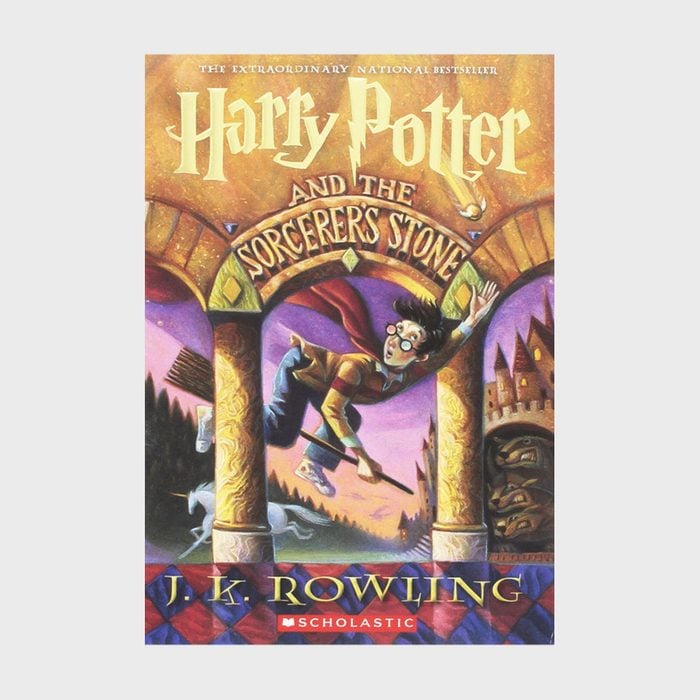
via amazon.com
24. Harry Potter and the Sorcerer’s Stone by J.K. Rowling (1997)
Welcome to the wizarding world, muggles. In J.K. Rowling’s first installment of the beloved series, Harry Potter and the Sorcerer’s Stone, you will be introduced to many of the story’s most important—and entrancing—characters: Harry, Hermione, Ron, Dumbledore, Hagrid, and more. But before you get settled into the fun of spells and potions, the action starts right away as Harry finds himself troubled by the feeling his destiny is intertwined with his past. This book landed on our list for its explosive popularity and deep impression on the fantasy genre, as well as its many memorable quotes that will stay with you.

via amazon.com
25. Selected Stories, 1968–1994 by Alice Munro (1996)
Alice Munro, one of the most prolific writers of the modern era, captures life’s most honest feelings and moments in these 28 magnificent short stories. Winner of the Nobel Prize in Literature, this short story collection will never cease to surprise you with its eloquent story lines, captivating characters, and endlessly wonderful realism. It’s a book that belongs on any bibliophile’s home bookshelf.
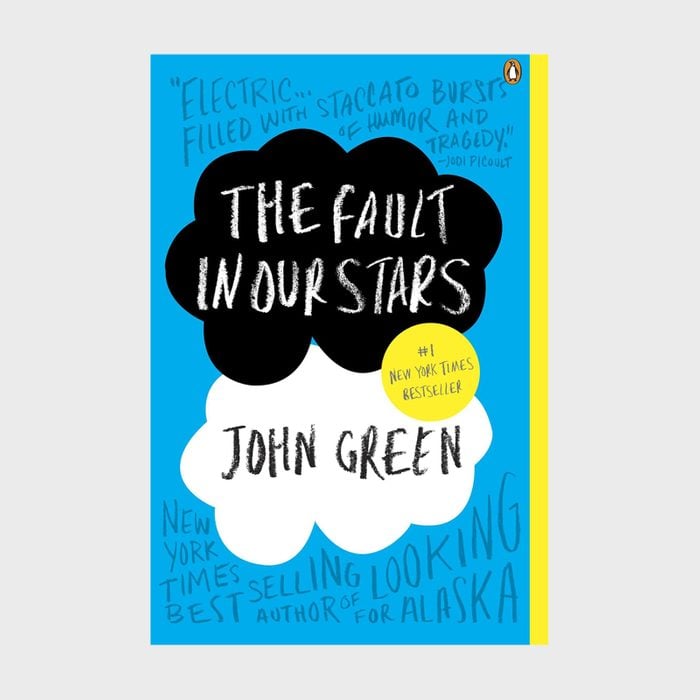
via amazon.com
26. The Fault in Our Stars by John Green (2012)
She thought a cancer diagnosis had sealed her fate and written her life story, but a chance meeting with Augustus Waters turns Hazel Lancaster’s life upside down. Irreverent and bold, The Fault in Our Stars is a funny, captivating, and gut-wrenching story. It’s about learning to feel love, enjoy being alive, and live a bold life despite circumstances beyond your control. No wonder it’s ranked among the best sad books (have the tissue box handy) and best books for teens.
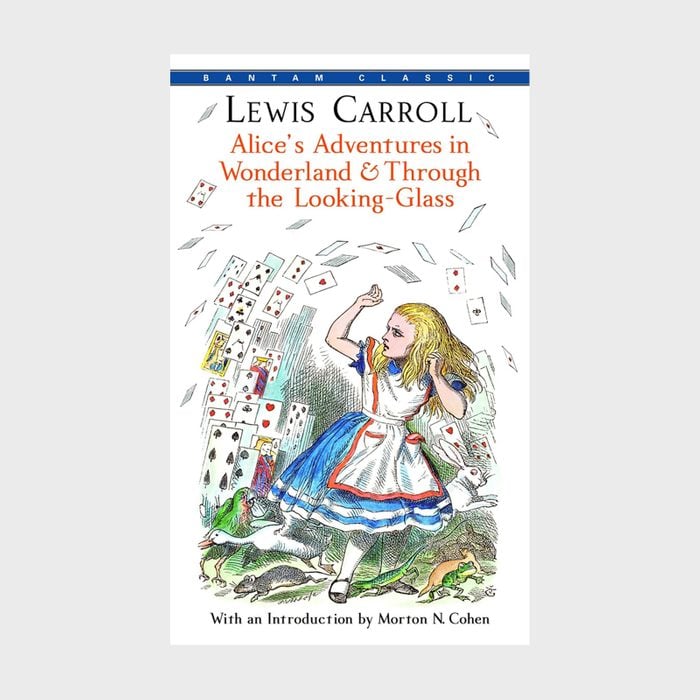
via amazon.com
27. Alice’s Adventures in Wonderland & Through the Looking-Glass by Lewis Carroll (1865)
If all you know of Lewis Carroll’s Wonderland is the zany but sanitized version of the 1951 Walt Disney animation, it’s time to flip your perspective on its head—much like the Cheshire Cat might flip himself. Scholars have tried to apply political, historical, and ideological theories to Alice’s Adventures in Wonderland and Through the Looking-Glass, but it’s quite simply the dreamlike story of learning to grow (or shrink) and explore, told through the eyes of a curious child. Still, its cultural effects have rippled so far that it’s a must-read for anyone with even a hint of literary interest.
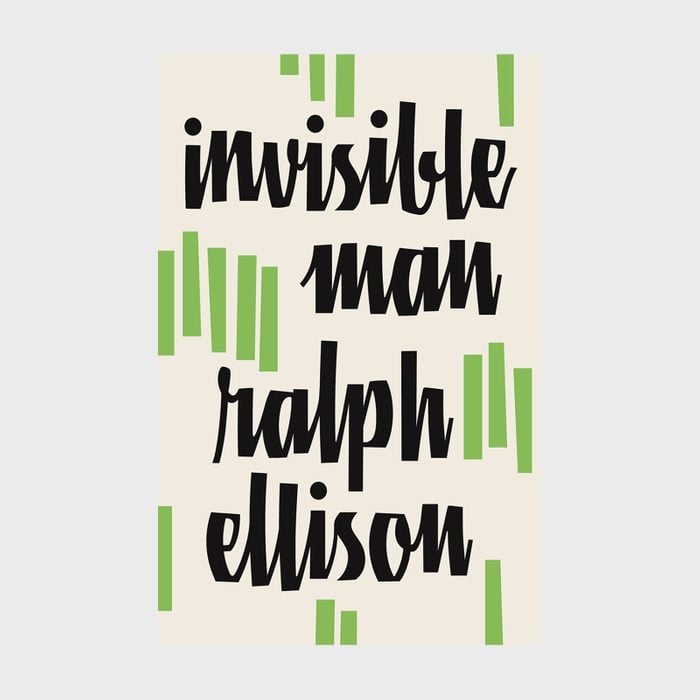
via amazon.com
28. Invisible Man by Ralph Ellison (1952)
A winner of the National Book Award for fiction, Ralph Ellison’s first novel, Invisible Man, spent an admirable 16 weeks atop the New York Times best-seller list. Its early success is due in large part to the relatable nature of its narrator, a young, nameless Black man who has to navigate levels of 1950s American culture that are fraught with hate and bias. Eager for a place in time to call his own, the narrator finds that what he hopes for himself will ultimately remain elusive, just as the truth behind the events that surround him remains ambiguous. The 581-page tome is a bit much for younger readers, but you can still introduce them to issues of race and equality with these children’s books about diversity.
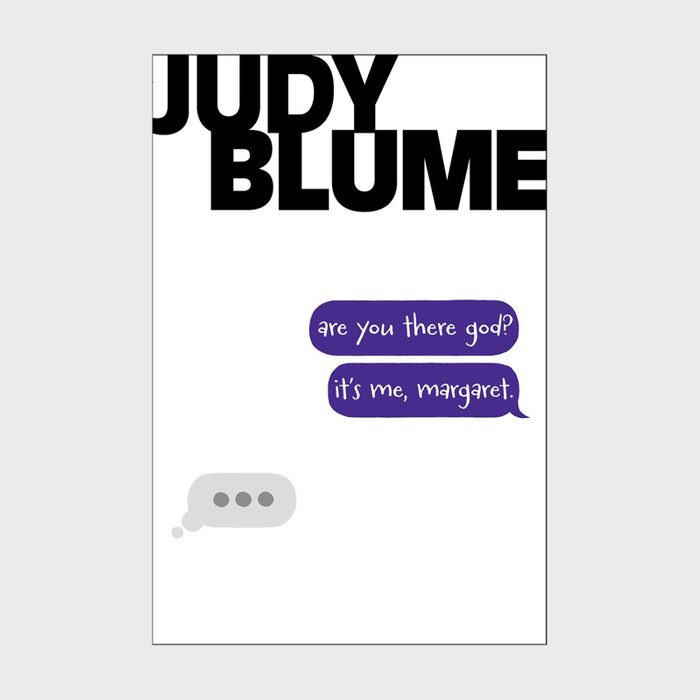
via amazon.com
29. Are You There, God? It’s Me, Margaret by Judy Blume (1970)
If you read this as an adolescent—and considering it’s often taught in schools, there’s a good chance you did—it’s time to reread Are You There, God? It’s Me, Margaret. Awkward and inelegant as they may be, sixth-grader Margaret’s questions and quests (to grow bigger breasts, for example, while also seeking out her preferred religion) lead her to greater understanding and self-appreciation. The book will make you cringe as you recall your own experiences and desires to throw off the chains of childhood while budding into young adulthood. It’s a coming-of-age story that sparked dozens after it, but isn’t the original always the best?

via amazon.com
30. One Hundred Years of Solitude by Gabriel García Márquez (1967)
According to the New York Times Book Review, this masterpiece by Gabriel García Márquez is “the first piece of literature since the Book of Genesis that should be required reading for the entire human race.” One Hundred Years of Solitude recounts the evolution of an entire fictitious town, Macondo. Through tales of men and women, boys and girls, the author—father of the magical realism literary style—offers a striking picture of the heartbreaking beauty and pain of the human race. Though it also landed on our list of the best books by Latinx authors, its true place is here, among the best books of all time.
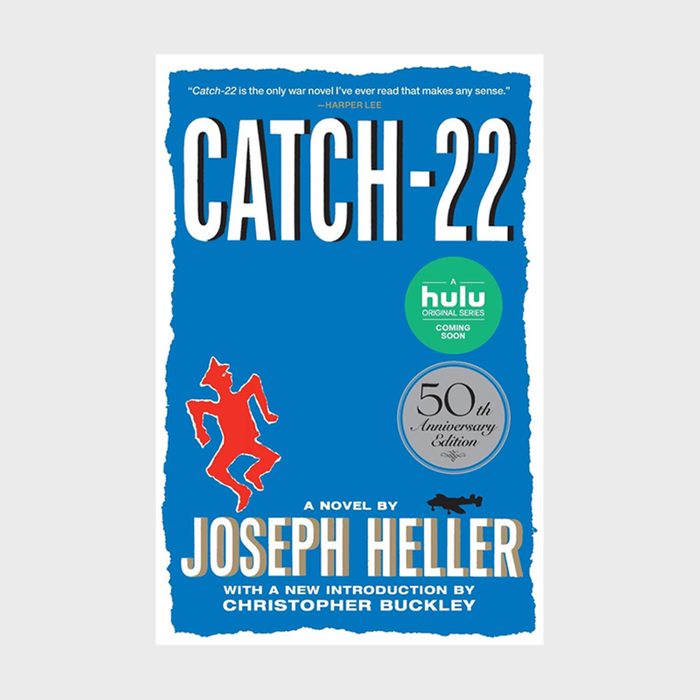
via amazon.com
31. Catch-22 by Joseph Heller (1961)
If all you know of this American literature classic is the colloquial expression about decision-making, pick up Catch-22 for a dark and comedic good read. Yossarian, a member of an Italian bomber crew during World War II, is desperate to excuse himself from the increasingly high number of suicidal missions his commanders force him and his servicemen to fly. The catch comes when he realizes the sinister bureaucratic rule, Catch-22, classifies him as sane—and thus ineligible for relief—if he requests to be removed from duty. The book made waves as an anti-war anthem and representation of the individual versus society.
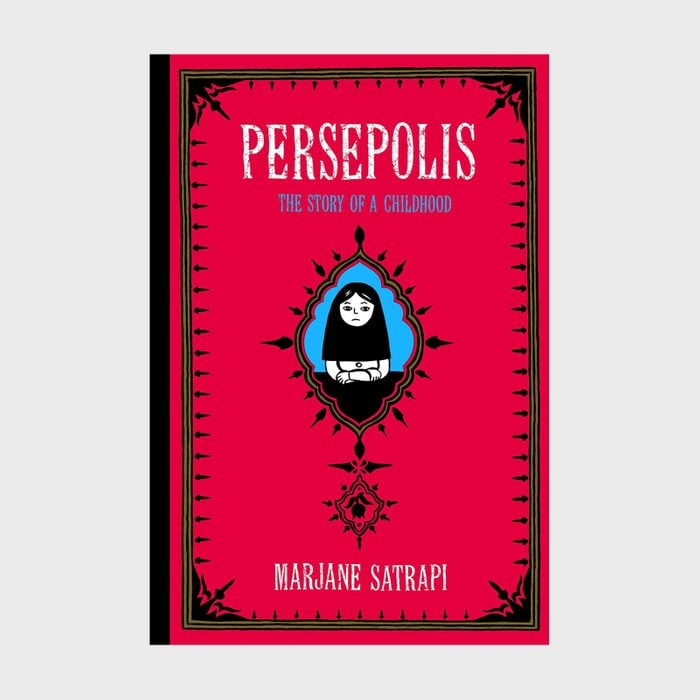
via amazon.com
32. Persepolis: The Story of a Childhood by Marjane Satrapi (2000)
Through this powerful graphic novel, Satrapi tells the story of her childhood in Tehran during the overthrow of the Shah, the rise of the Islamic Revolution, and the destruction of the Iran-Iraq war. As the daughter of two Marxists and the great-granddaughter of one of Iran’s last emperors, Satrapi holds a unique perspective and position in recounting stories of daily life in Iran. Learn, alongside Satrapi, about the history and heroes that define this fascinating country. The book captured readers’ attention for both its modern form—a graphic novel—and important, close-up peek at a country most Americans only know about from the news.
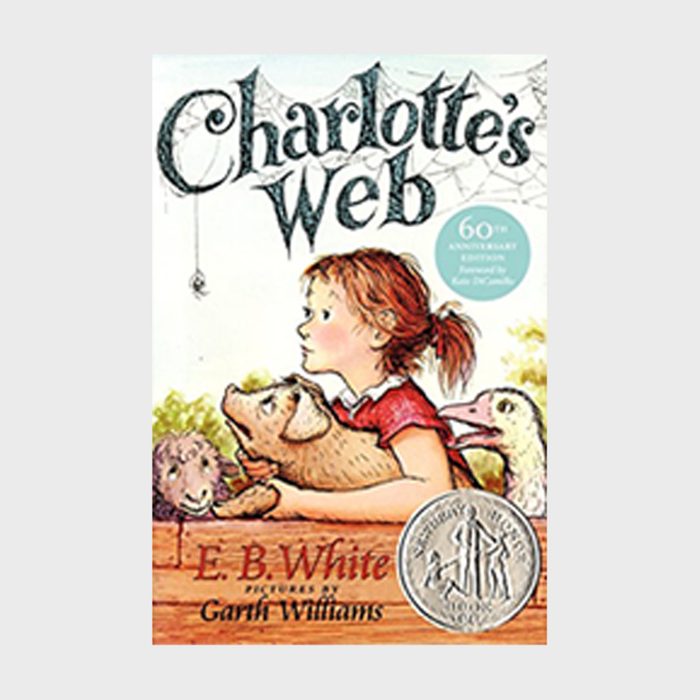
via amazon.com
33. Charlotte’s Web by E.B. White (1952)
You’re never too old to visit with Charlotte, Wilbur, and Templeton. This heartwarming tale of friendship and dedication follows young Wilbur, a runt of a pig, as he’s spared from one death but subsequently sent to another almost-certain death. Desperate to help the petite porker, Charlotte, a barn spider, hatches a plan that proves genius and life-altering for young Wilbur. Charlotte’s Web remains a touching, great read for families.
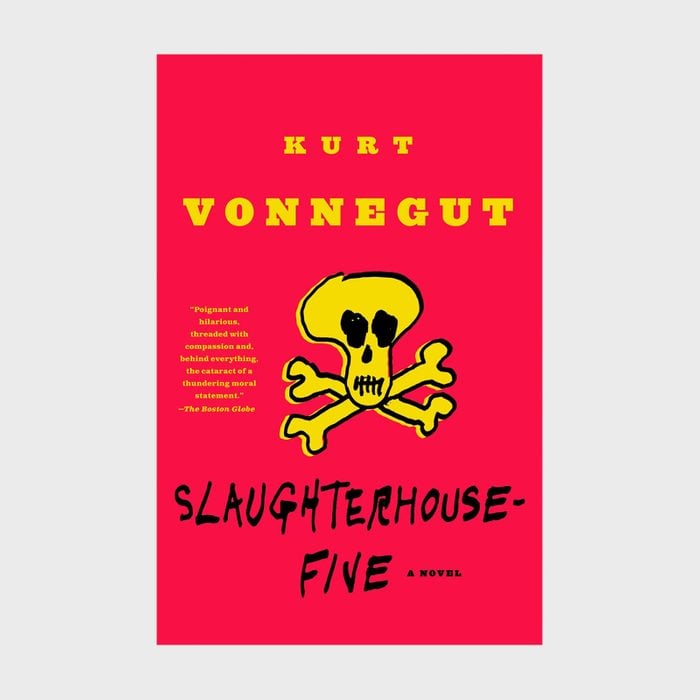
via amazon.com
34. Slaughterhouse-Five by Kurt Vonnegut (1969)
Slaughterhouse-Five is a science-fiction-infused, anti-war novel that follows American soldier Billy Pilgrim. A central event in the story—as well as Vonnegut’s own life—is the firebombing of Dresden. Pilgrim begins to see many of the events in his life as repercussions of that deathly event. Much of Slaughterhouse-Five is autobiographical, but that hasn’t stopped pushes for censorship because of the book’s irreverent tone and unfiltered depictions of sex and profanity. One part futuristic storytelling, one part reflective memoir, Slaughterhouse-Five is often held as Vonnegut’s most important piece of writing.
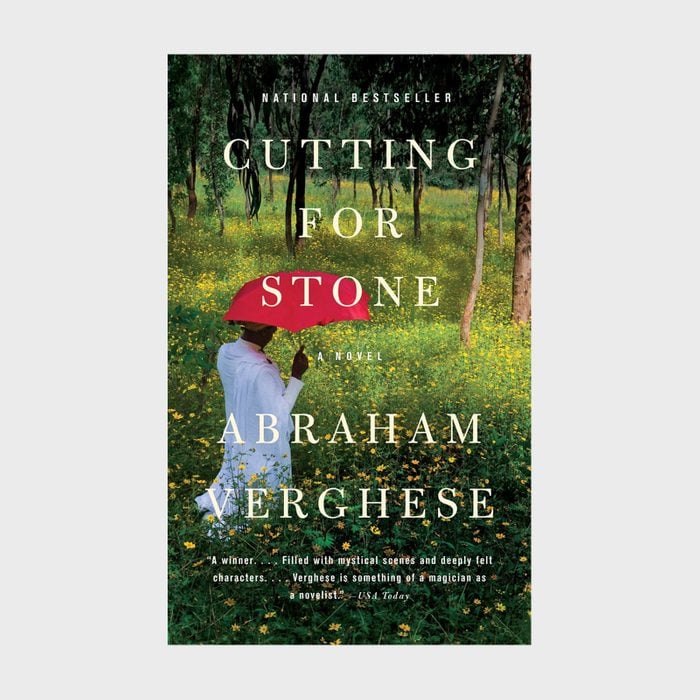
via amazon.com
35. Cutting for Stone by Abraham Verghese (2009)
Abraham Verghese weaves multiple lush story lines into an opus of secrets, betrayal, love, and redemption in Cutting for Stone. Marion and Shiva Stone, twin brothers born of a secret union between an Indian nun and a British surgeon, are orphaned at a young age by their mother’s death and father’s disappearance. The two, bound together by blood and bond, leave war-seized Ethiopia for New York City only to return later to discover their fates and futures are intertwined with their pasts. The novel was groundbreaking for its depiction of medicine as primarily focused on people rather than procedures.
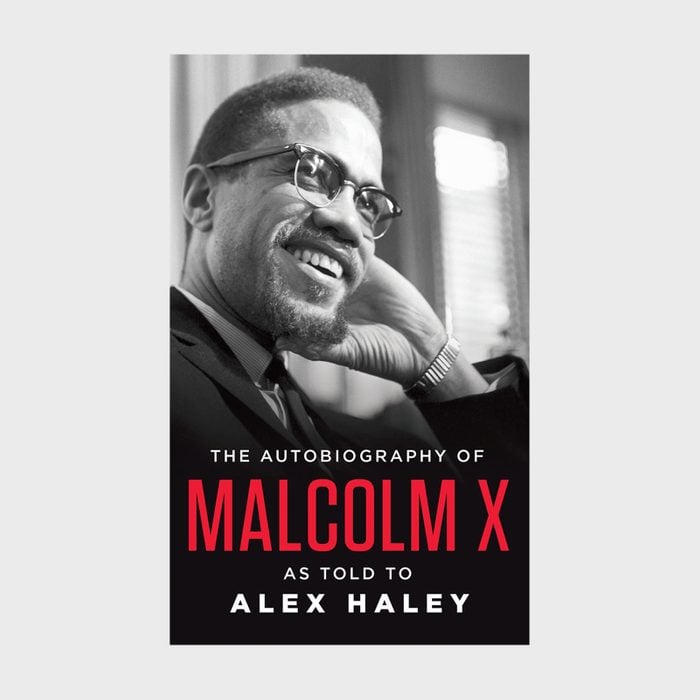
via amazon.com
36. The Autobiography of Malcolm X: As Told to Alex Haley by Malcolm X and Alex Haley (1965)
The Autobiography of Malcolm X stands as the definitive work of an era in American history when cultural, racial, and religious ideologies met at a pinnacle. Malcolm X, a firebrand, Muslim, and anti-integrationist leader, reveals the limits he sees in the American Dream and the changes that can be made through a force of will and effort. Fun fact: Coauthor Alex Haley was once an editor at Reader’s Digest.
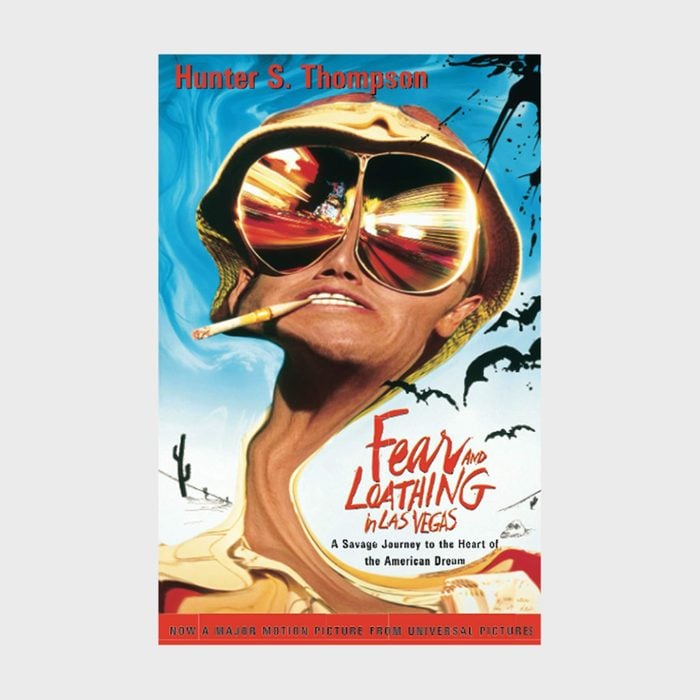
via amazon.com
37. Fear and Loathing in Las Vegas: A Savage Journey to the Heart of the American Dream by Hunter S. Thompson (1971)
Even if you’ve never consumed a hallucinogenic drug in your life, you’ll likely feel a deep relationship to the wild ride many drug users describe after you read Hunter S. Thompson’s rollicking Fear and Loathing in Las Vegas. The book is the recounting of a wild, long weekend in Las Vegas, where he and his Samoan attorney, Dr. Gonzo, are sent to cover a biker’s race in the deserts of Nevada. The drug-addled duo never gets the story—not much of a spoiler—but what did come of the journey is a tour de force of a bygone era.
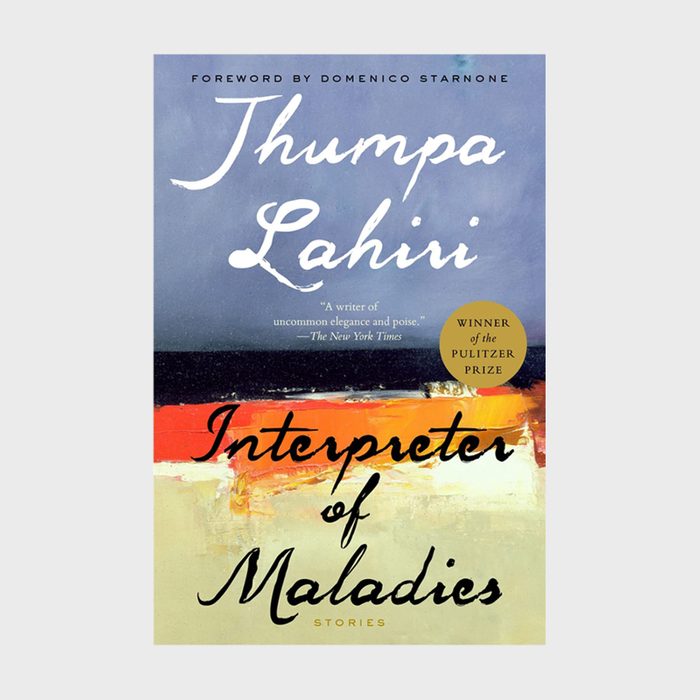
via amazon.com
38. Interpreter of Maladies by Jhumpa Lahiri (1999)
In this collection of short stories, Jhumpa Lahiri outlines the complex dynamics that exist when Indian traditionalism meets an American culture that often offers little respect for complex cultural dynamics it doesn’t understand. Each character’s story traces recognizable themes—longing, lust, betrayal—but they’re told in a complex story line that’s rich with detail. It’s an important read in our modern, multicultural world.
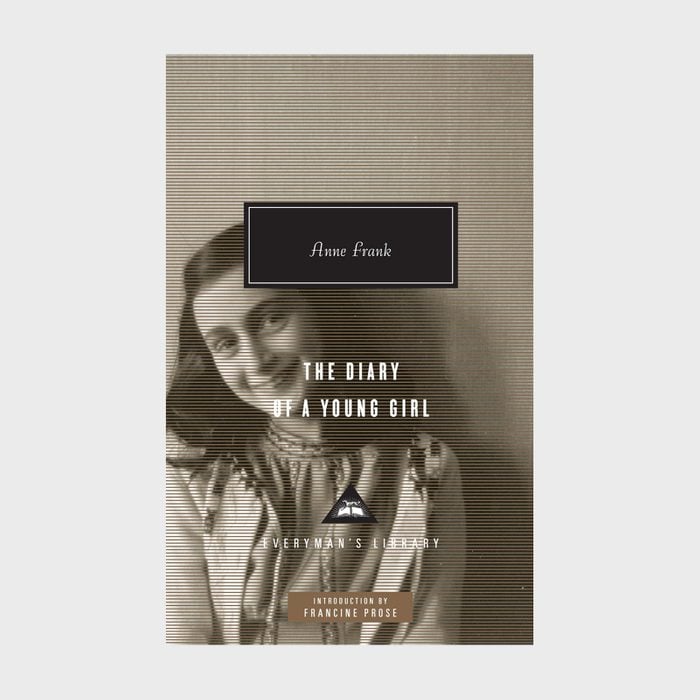
via amazon.com
39. The Diary of a Young Girl by Anne Frank (1947)
Reading The Diary of a Young Girl by Anne Frank is a rite of passage for many adolescents and young adults, but older adults will find a lot to appreciate in this young woman’s wise words. Written during World War II as Nazis carried out their campaign of death and destruction, this journal is a day-by-day accounting of what life was like when a family was forced into hiding. Frank’s humanity and grace in light of her circumstances are inspiring and heartbreaking at once. It’s a deeply moving nonfiction book for kids and adults alike.
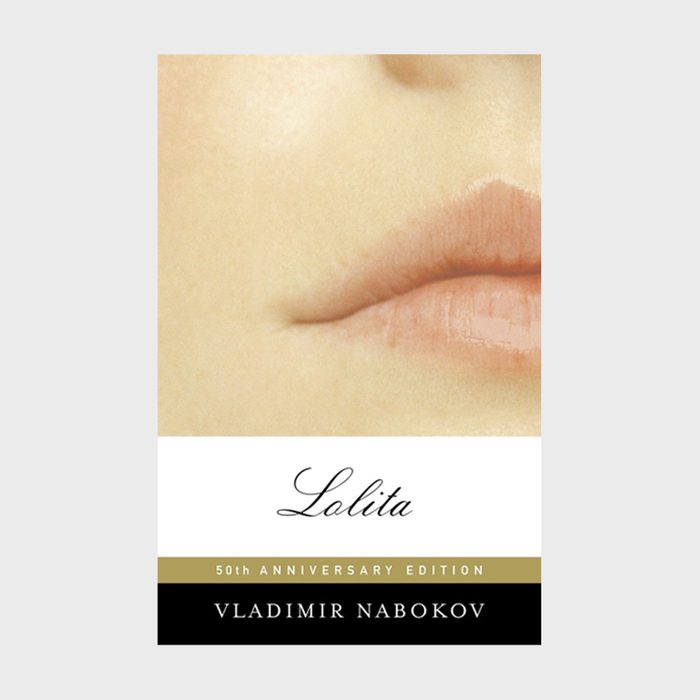
via amazon.com
40. Lolita by Vladimir Nabokov (1955)
Vladimir Nabokov’s Lolita may have first gained fame and notoriety for its infamous accounting of the protagonist’s unnatural (and, many argue, predatory) erotic predilections, but its staying power rests squarely on the breathtaking story that belies the most controversial elements. It’s a requiem about love (and, yes, lust), in all its maddening forms.
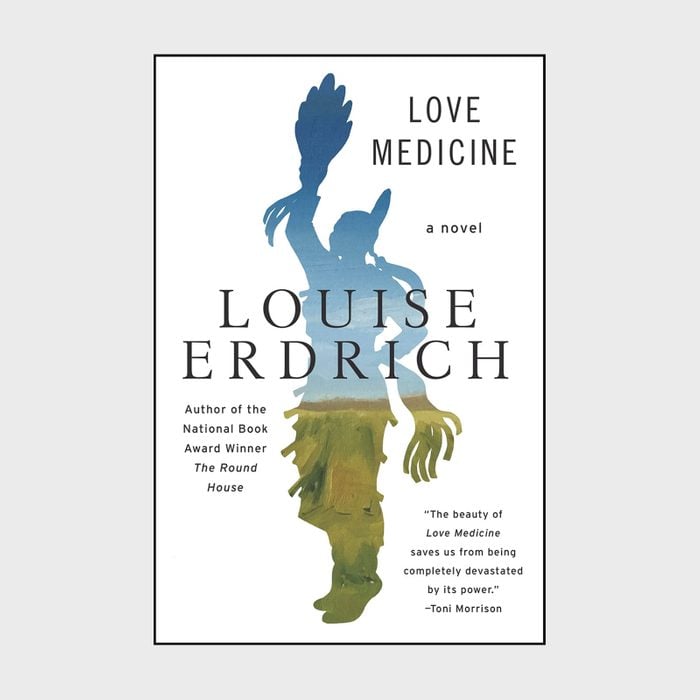
via amazon.com
41. Love Medicine by Louise Eldrich (1984)
Shakespeare’s Montagues and Capulets can barely hold a handle to Louise Eldrich’s Kashpaws and Lamartines. Love Medicin e, a dazzling work of storytelling that takes place on and around a North Dakota Ojibwe reservation, shares the intertwined fates of two multigenerational families. Themes of injustice, betrayal, magic, and mystique surround a beautiful story that, in the end, is all about the power of love. For more entertainment from this era, turn on one of these fantastic ’80s movies.
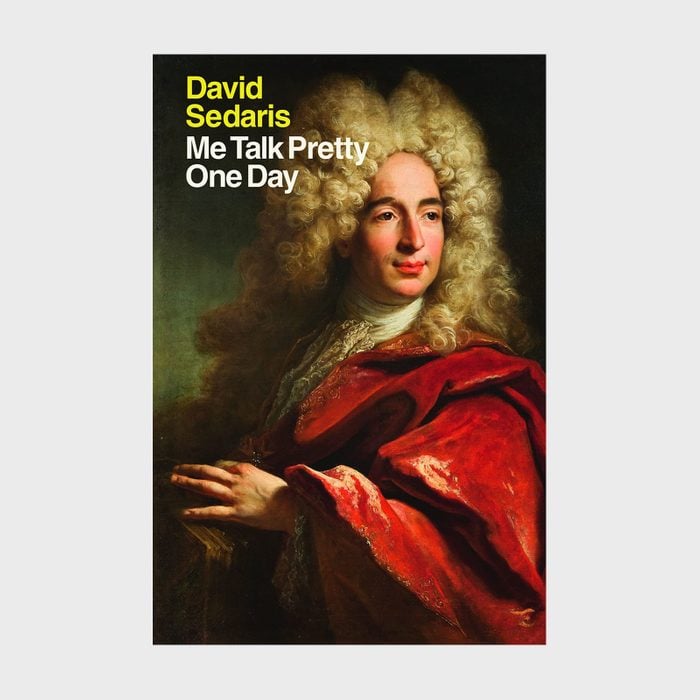
via amazon.com
42. Me Talk Pretty One Day by David Sedaris (2000)
This laugh-out-loud collection of short stories makes for great leisurely reading. In Me Talk Pretty One Day, David Sedaris shares the absurd and hysterical twists he was able to tease out of life’s more mundane and boring events growing up in Raleigh, North Carolina. The book continues as Sedaris moves to France, where he also shares the awkwardly charming stories of learning to live in a city and country that’s not at all familiar.
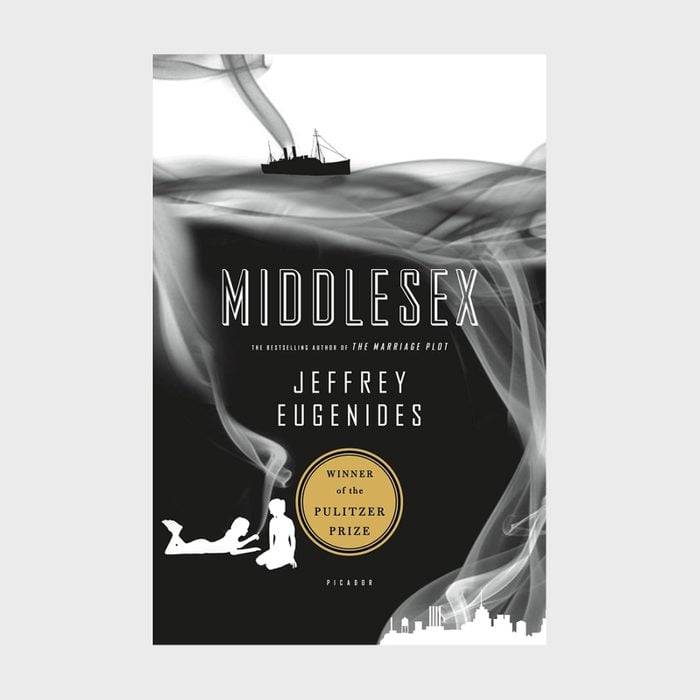
via amazon.com
43. Middlesex by Jeffrey Eugenides (2002)
Calliope Helen Stephanides was born in Detroit in 1960, the heyday of Motor City, to a Greek American family who lived a quintessentially suburban American life. Moving out of the city, Calliope is faced with the realization that she’s not like other girls. It takes uncovering a family secret (and an astonishing genetic history) to understand why. Middlesex made waves as an audacious story of sexuality that transcends stereotypes of gender, sex, and identity.
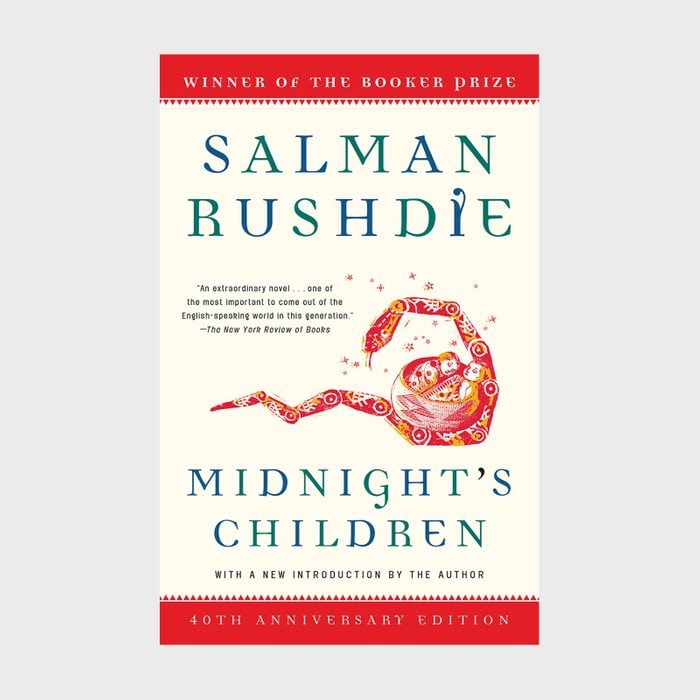
via amazon.com
44. Midnight’s Children by Salman Rushdie (1981)
Saleem Sinai was born at midnight on August 15, 1947. That is precisely the moment India became an independent state. Greeted with fireworks and fanfare, Sinai and 1,000 other “midnight’s children” across India soon find their health, well-being, thoughts, and capabilities are preternaturally linked to one another—and to their country’s national affairs, health, and power. In this magical realism novel, Salman Rushdie offers a timeless, enchanting story of family, heritage, and duty.
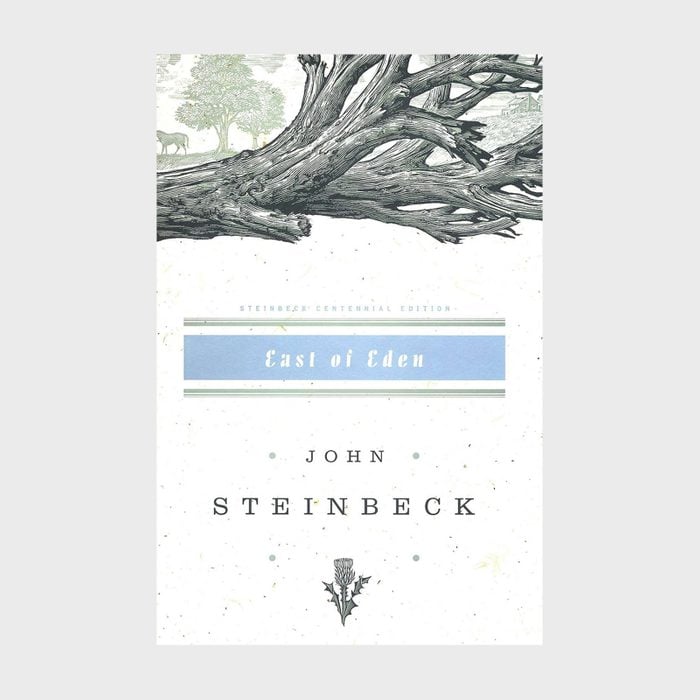
45. East of Eden by John Steinbeck (1952)
We’d be remiss to leave out one of the most beloved American authors of the 20th century: John Steinbeck. In East of Eden, he presents a masterpiece that highlights the tension between good and evil through three generations of the Trasks and Hamiltons. You’ll be swept away by the complex characters and their similarities to Adam and Eve and Cain and Abel. Though Steinbeck’s The Grapes of Wrath is assigned more often in high school classrooms, East of Eden takes the cake for its sweeping timeline and broader themes. It’s one of the best historical fiction books in existence.
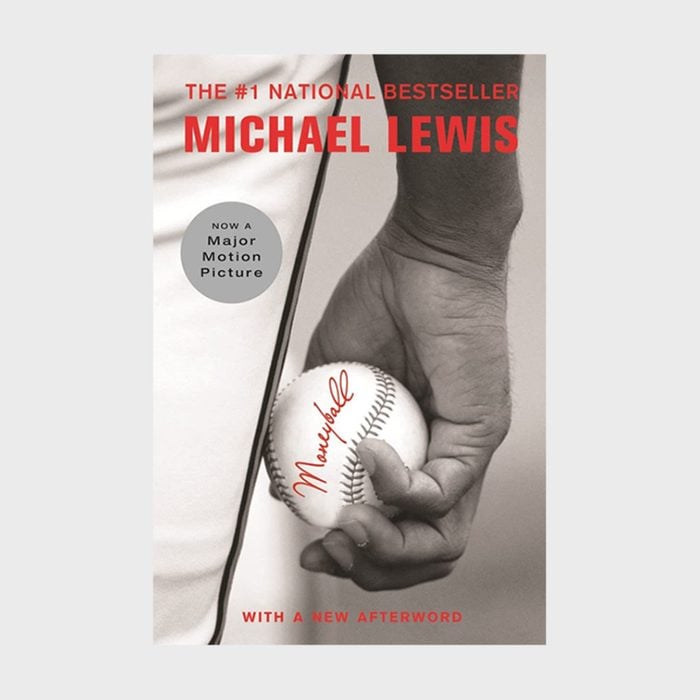
via amazon.com
46. Moneyball: The Art of Winning an Unfair Game by Michael Lewis (2003)
The Oakland Athletics were written off, discarded, and ignored. Yet somehow they became one of the most successful franchises in Major League Baseball. Was it their throwing talent or their ERA? No, not at all. Instead, as Michael Lewis reveals, the real secret to winning baseball has little to do with skills and more to do with statistics. In what’s been described as “the single most influential baseball book ever,” Lewis reveals the secrets of the A’s and an unusual brotherhood of amateur baseball enthusiasts who’ve identified the real secret to being a winning ball team. This book, which features a decidedly American story about an American tradition, belongs on the bookshelf of any American reader.
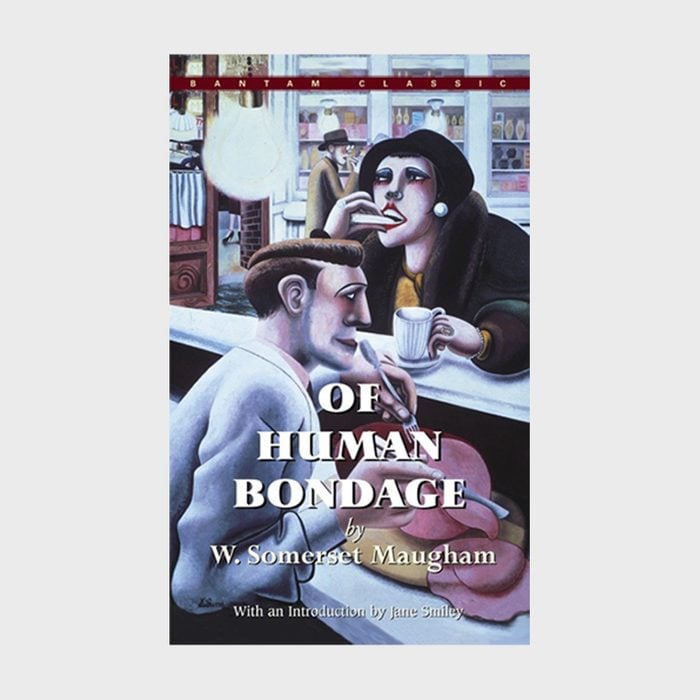
via amazon.com
47. Of Human Bondage by W. Somerset Maugham (1915)
You might not walk away with a big life lesson after reading W. Somerset Maugham’s Of Human Bondage, and perhaps that’s what makes this novel so irresistible. The orphaned protagonist, Philip Carey, is raring for adventure and love outside his brief stays in Heidelberg and Paris. Soon, he lands in London, eager to explore, and stumbles upon his greatest adventure yet: Mildred. The irresistible waitress and roaming orphan embark on a wildly fanciful but tortured and tormented affair. This book is widely considered a 20th-century English classic.
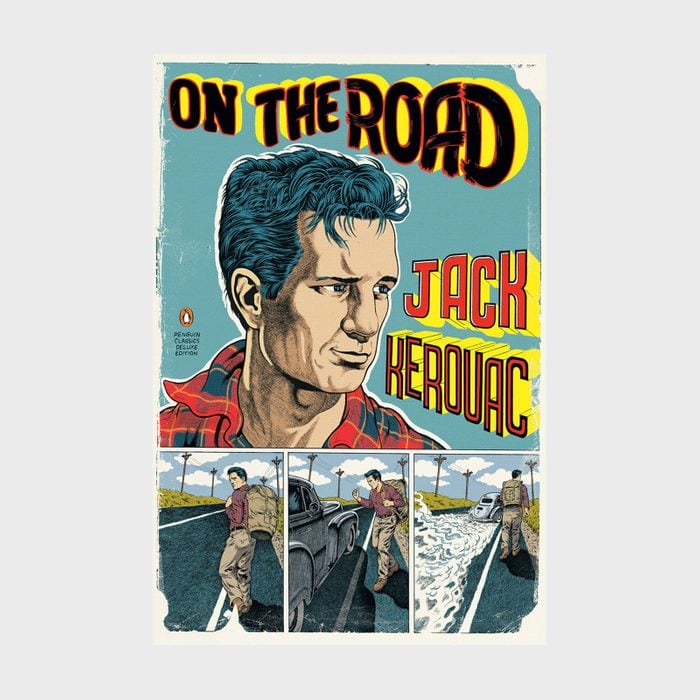
via amazon.com
48. On the Road by Jack Kerouac (1957)
On the Road recounts a hedonistic cross-country road trip between friends in the aftermath of World War II, a story line inspired by Jack Kerouac’s adventures with friend Neal Cassady. Eager to find meaning and true experiences along the way, the duo seeks pleasures in drug-fueled escapades and counterculture experiences. The book is a must-read for its ubiquitous place among American countercultural classics (much like Catcher in the Rye).
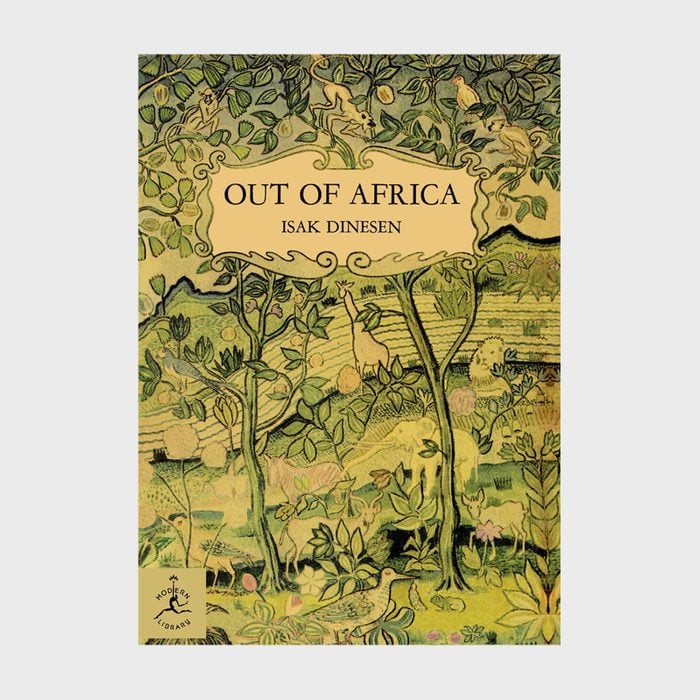
via amazon.com
49. Out of Africa by Isak Dinesen (1937)
Isak Dinesen—a pen name for Danish author Karen Blixen—recounts life in British East Africa, just after World War II. While the collection of stories is not free of the racial bias and colonial attitudes of the time, Out of Africa gives a glimpse into an area of the world that’s largely overlooked when telling the coming-of-age narrative of modern countries. Fanciful and fascinating, Dinesen’s book portrays stories of lion hunts and life with native populations and European colonizers alongside a beautiful story of raising and freeing an orphaned antelope fawn. It offers readers a glimpse of a very specific place and time in history.
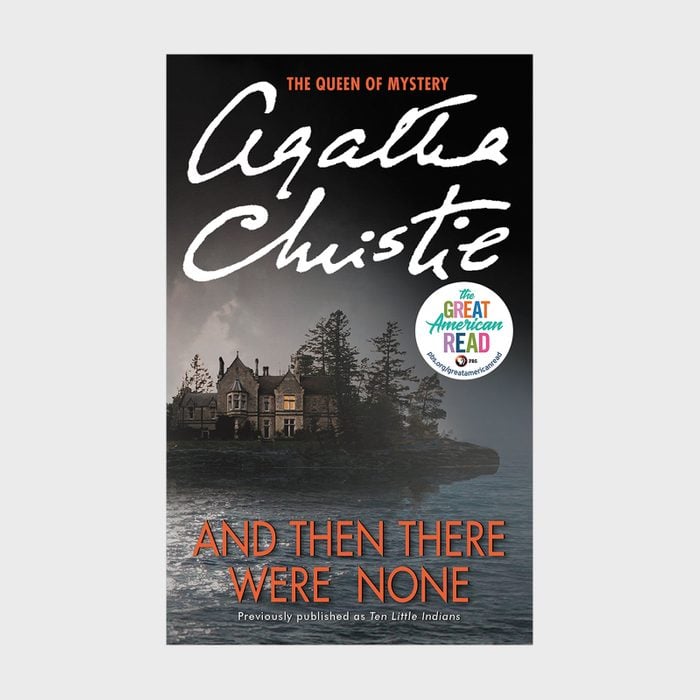
via amazon.com
50. And Then There Were None by Agatha Christie (1939)
In a world rife with paperback mysteries and e-books, Agatha Christie remains one of the most popular, well-known mystery writers of all time. In her vast collection, And Then There Were None frequently rises to the top. It’s a classic whodunit. Ten strangers are invited to a remote mansion on a desolate island. Once they’ve arrived, each guest is accused of murder. So what really happened? And who is responsible? Pick up a copy to find out; it makes a great summer read, after all.
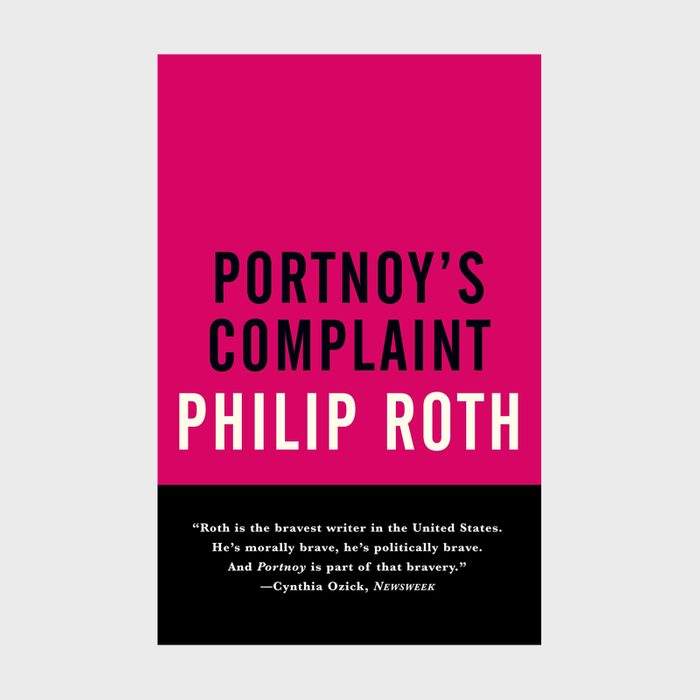
via amazon.com
51. Portnoy’s Complaint by Philip Roth (1969)
Deemed highly controversial and too explicit when it was first published, Philip Roth’s Portnoy’s Complaint is a vividly brash look at sexuality, obscenities, masturbation, and identity. The novel is a monologue of “a lust-ridden, mother-addicted young Jewish bachelor” that details many awkward and cringeworthy moments alongside quests for identity. It remains a landmark published piece in American literature, and after you read it, you’ll most certainly never look at a piece of liver the same way.
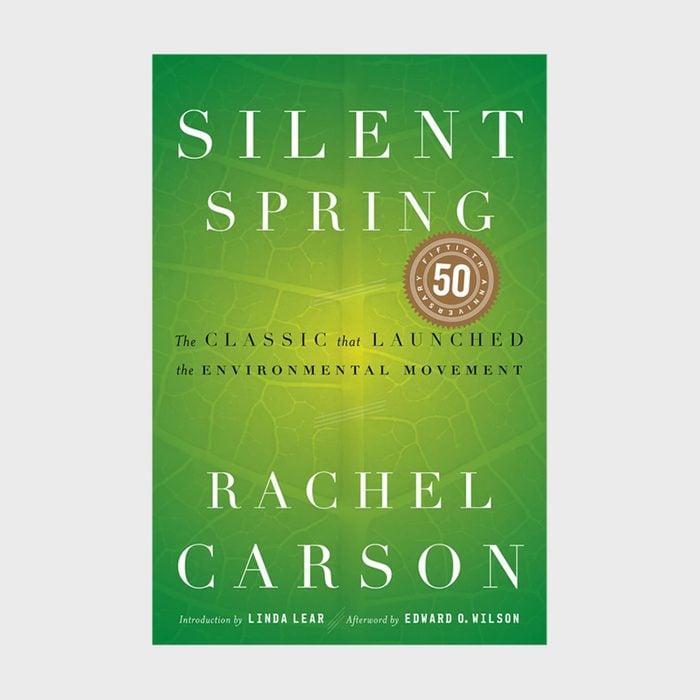
via amazon.com
52. Silent Spring by Rachel Carson (1962)
Rachel Carson’s Silent Spring was first published as three installments in the New Yorker in the summer of 1962. The stories—and the book that followed in September of that year—launched the American environmental revolution, as the horrors of DDT, a pesticide commonly used at the time, made their way into the American mainstream. While Carson’s work was successful at eliminating the toxin, her story serves as a lasting reminder—and a good read—about the need for protecting our land, water, and air.
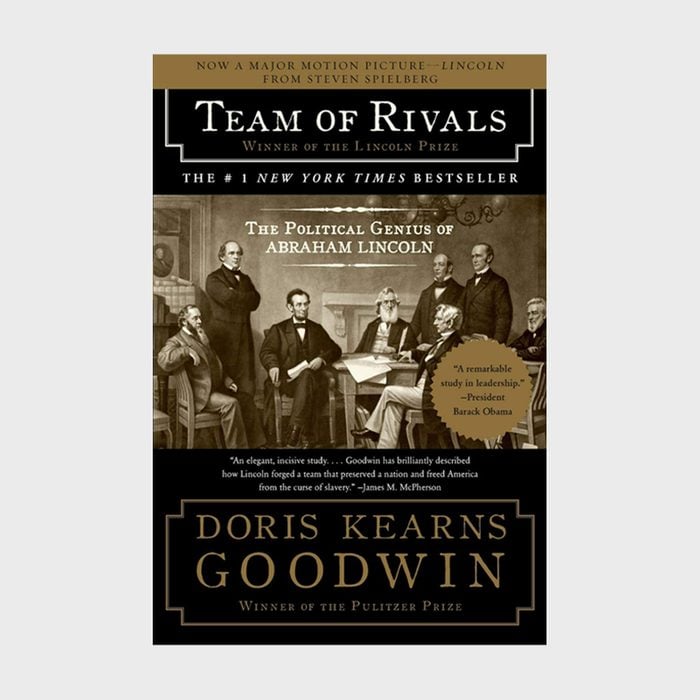
via amazon.com
53. Team of Rivals: The Political Genius of Abraham Lincoln by Doris Kearns Goodwin (2005)
Abraham Lincoln upended the political landscape of the 1850s when he won the Republican presidential nomination over a field of well-known, privileged men. Facing a divided nation and a crumbling war effort, Lincoln soon turned to those exact politicians to help build a team of rivals, a group of people he could turn to for honest accountability, effort, and eventually support and friendship. Team of Rivals is a deeply personal biography of one of America’s most respected leaders, told to show how he humbled himself in order to lead and govern.
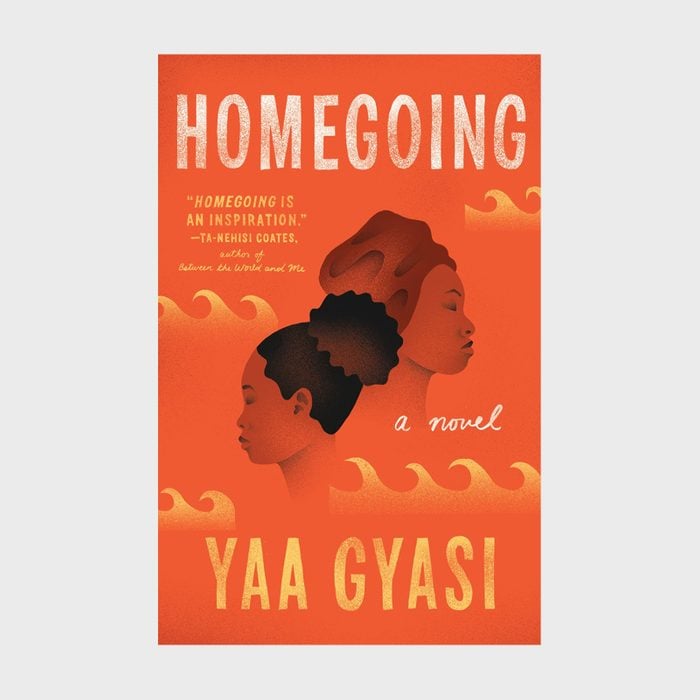
via amazon.com
54. Homegoing by Yaa Gyasi (2016)
Don’t miss this historical fiction masterpiece that also landed on our list of the best books by Black authors. Readers will fall in love with the riveting story of two sisters with very different fates. One was kidnapped and enslaved. The other married an Englishman and built a life of wealth and prestige. The award-winning book (it won the Hemingway Foundation PEN Award and the American Book Award, among others) delves deep into generational trauma and colonization. It is a must-read for modern bibliophiles.
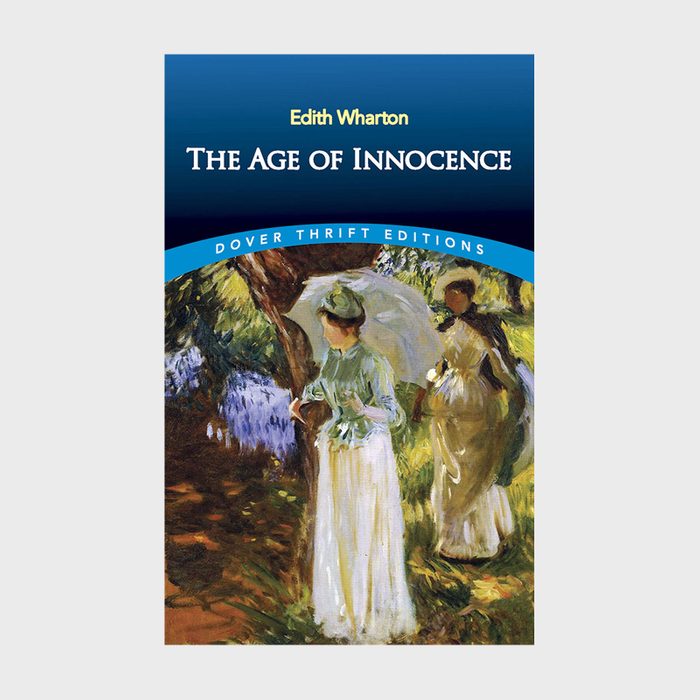
via amazon.com
55. The Age of Innocence by Edith Warton (1920)
This is a tale of love in the time of rigid societal requirements of New York City’s upper class. Newland Archer, an attorney from a respected family, is engaged to May Welland. Despite his betrothal, Archer finds himself taken by Countess Ellen Olenska, Welland’s unconventional cousin. Despite his own personal desires, Archer marries Welland as he has promised but continues to see Olenska. This best-of-both-worlds approach seems to please Newland, but his dreams ultimately come to an end as he’s forced to face the life he wants versus the life society expects him to lead. The book has sparked discussions in book clubs and classrooms for a century.
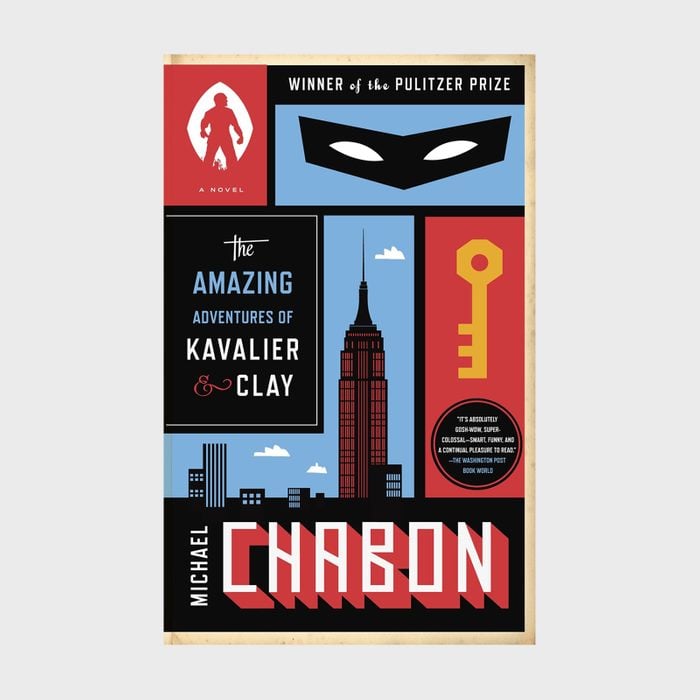
via amazon.com
56. The Amazing Adventures of Kavalier & Clay by Michael Chabon (2000)
You don’t need pirates and boats to have a swashbuckling thriller of a book. In The Amazing Adventures of Kavalier & Clay, the lives and adventures of a curious and meddlesome pair of cousins are explored in exuberant detail. Cousins Joe Kavalier and Sammy Clay swing through the glittering streets of pre–World War II Brooklyn, spinning up comic books to feed America’s growing craze. Their hero, Escapist, fights fascists and falls hard for Luna Moth, an ethereal, mysterious, and desirous paramour. Their lives—and their careers—are equally bright and fanciful. The book received an incredible amount of praise from readers and critics. It also became a New York Times best seller.
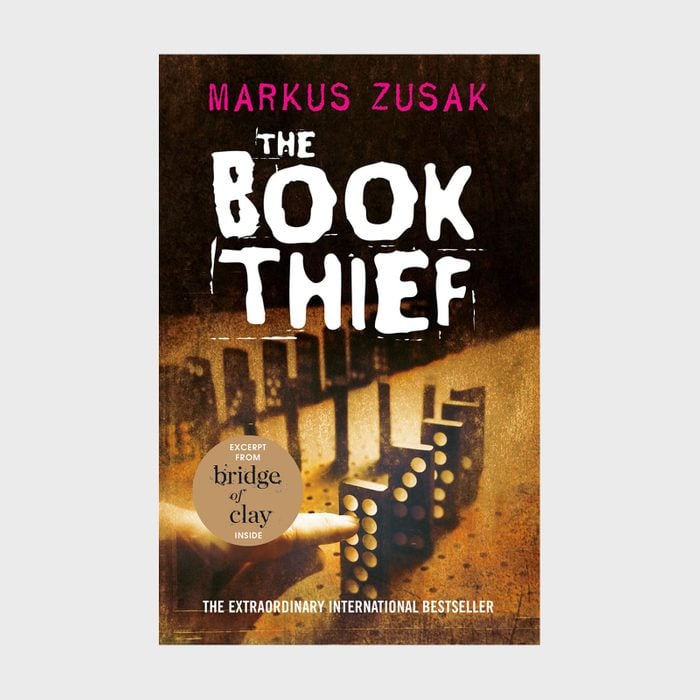
via amazon.com
57. The Book Thief by Markus Zusak (2005)
If you’re reading this list, you likely understand the power that a book has to feed and nurture a soul. In that case, Markus Zusak’s The Book Thief will be right at home in your hands. In 1939 Nazi Germany, Liesel Meminger seeks meaning and life amid the bombings and death. Her “weapon” of choice? Books and the written word. This is a beautiful, riveting tale that helped make the horrors of World War II fresh again for readers who learned about it from history books. Our editors agree that it’s one of the 100 best books of all time. Want great fiction like this mailed to you every month? Sign up for one of these book subscription boxes.
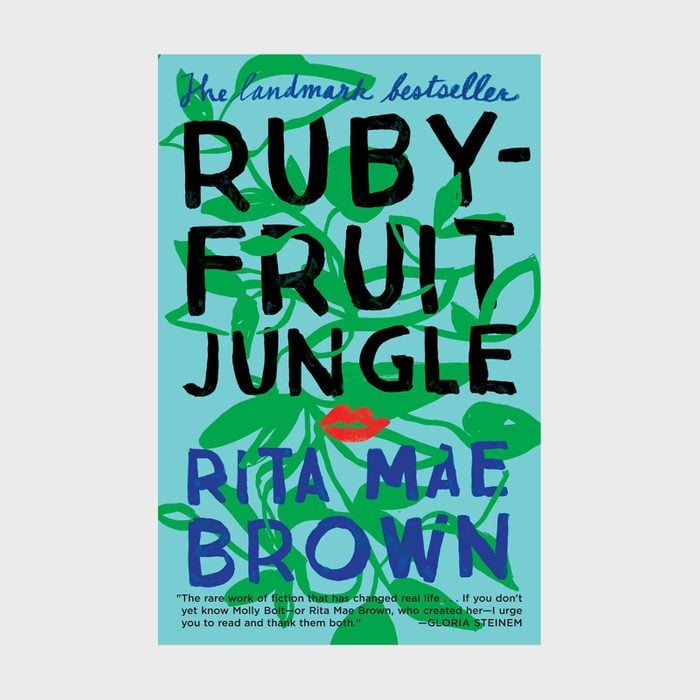
via amazon.com
58. Rubyfruit Jungle by Rita Mae Brown (1973)
Every reader should take the time to read a few of the best LGBTQ books ever published. Rubyfruit Jungle is the perfect place to start. This is Rita Mae Brown’s semi-autobiographical novel about fumbling through her first relationship in sixth grade, landing in New York City’s queer society, and more. It’s a personal, poignant look at what it meant to belong to the LGBTQ+ community in the mid- to late 20th century. The award-winning book is widely recognized as an important contribution to LGBTQ+ and lesbian literature.

via amazon.com
59. The Brief Wondrous Life of Oscar Wao by Junot Díaz (2007)
Oscar Wao is a pleasant nerd living in New Jersey, far removed from the comforts and traditions of the Dominican Republic his mother knows and loves. Wao wants nothing more than to find love—and to be the Dominican J.R.R. Tolkien. His quest for both plunges readers into mythologies of family curses, immigrant journeys, and the American experience. The Brief Wondrous Life of Oscar Wao is a page-turner that’ll find a home with anyone who lusts for love and the human experience.
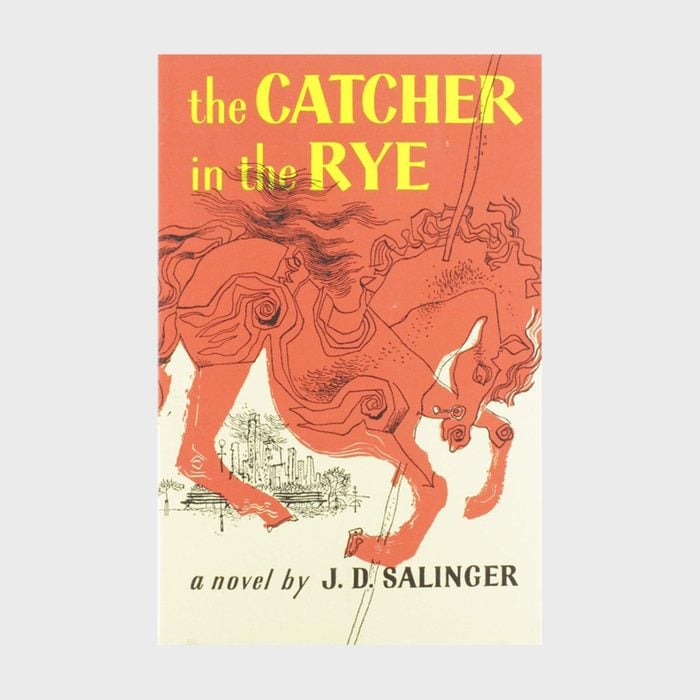
via amazon.com
60. The Catcher in the Rye by J.D. Salinger (1951)
Originally meant for an adult audience, The Catcher in the Rye has become a favorite among adolescent readers and high school literature teachers. The theme of teenage angst and alienation imbue a story of rebellion as the protagonist, Holden Caulfield, looks for acceptance, recognition, and appreciation. Like so many teenagers, Caulfield finds himself facing the decision to leave everything behind, only to face the realization that perhaps his life isn’t as dreadful as it seems. For something totally different, take a bite out of one of these vampire books.
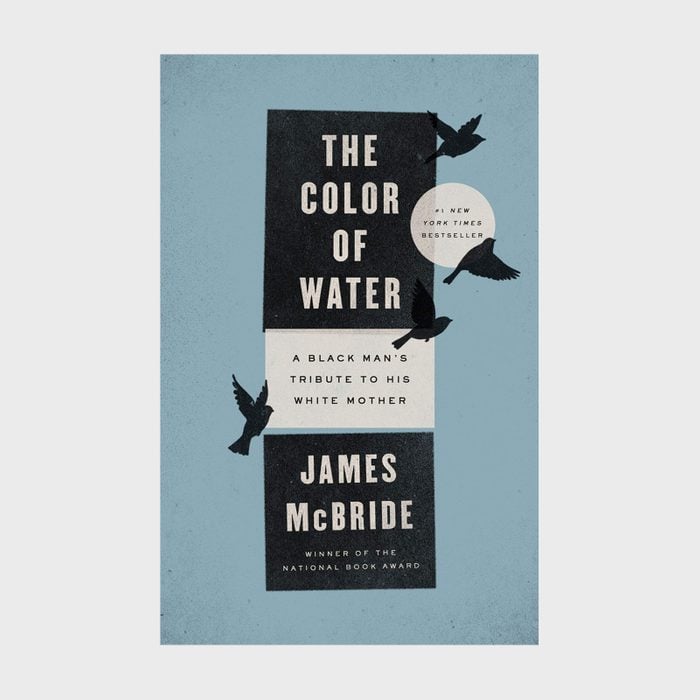
via amazon.com
61. The Color of Water: A Black Man’s Tribute to His White Mother by James McBride (1995)
“God is the color of water,” Ruth McBride taught her children, expressing her belief that God’s blessings, values, and grace rise above skin color and race. McBride, a “light-skinned” mother to 12 Black children, brought up her kids in the all-Black projects of Red Hook, Brooklyn, sending them to Jewish schools, shuttling them to free cultural events, and eventually shepherding all of them through college and beyond. But McBride’s son, James, discovers that she’s actually a White woman who was born in Poland, and he unearths the many painful reasons she has for hiding from that truth in this powerful, National Book Award–winning memoir.
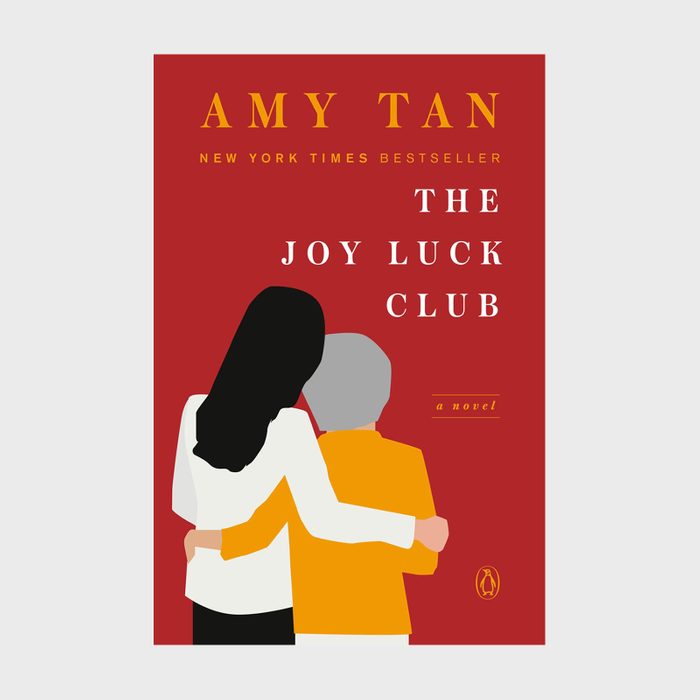
via amazon.com
62. The Joy Luck Club by Amy Tan (1989)
Any fan of women’s fiction has likely read Amy Tan’s The Joy Luck Club. This debut novel tells the story of four Chinese women who move to the United States in search of a better life. As their American-born daughters grow up, the women struggle to reconcile their identities, cultures, and more. It’s a beautiful, important book about mothers and daughters, motherlands and adopted lands. As the world gets smaller and smaller, as more families pack up their belongings to move to a new place, books like these are critical to fostering empathy.
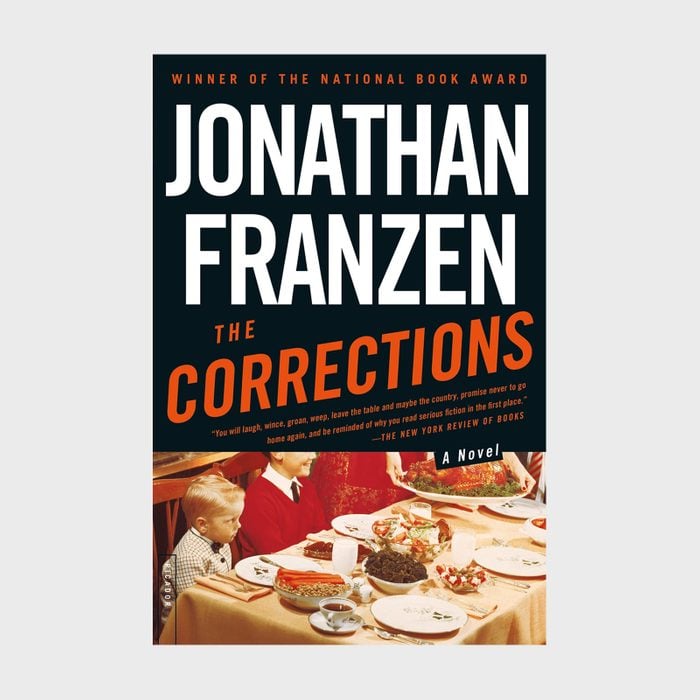
via amazon.com
63. The Corrections by Jonathan Franzen (2001)
After 50 years of marriage, Enid Lambert is looking for a little excitement, but it seems the universe is working against her goals. Her husband is frail from disease, and her children’s lives are falling apart or swirling down the drain. In The Corrections, Enid wants nothing more than to bring her whole family together for one last Christmas so she has something to look forward to. What unfolds, however, is nothing short of an emotional roller coaster. The book is brimming with characters who will stick with you, which is what makes it one of the best books to read when you want to deeply feel something.
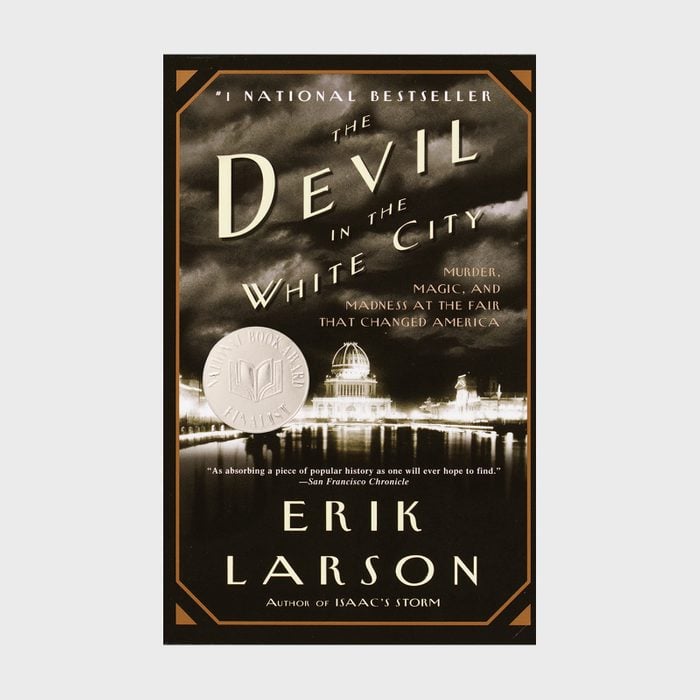
via amazon.com
64. The Devil in the White City: Murder, Magic, and Madness at the Fair That Changed America by Erik Larson (2003)
The 1893 World’s Fair brought the globe to Chicago—but it also brought a cunning serial killer, H.H. Holmes. In The Devil in the White City, Erik Larson combines meticulous historical research with a bit of period storytelling to generate a truly captivating nonfiction murder mystery that also shares a lot of history about one of the world’s greatest marvels.
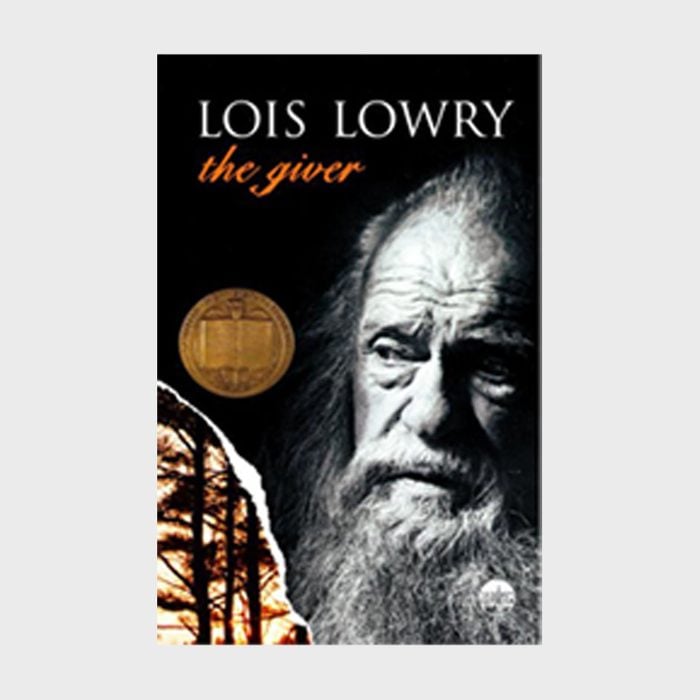
via merchant
65. The Giver by Lois Lowry (1993)
Jonas lives in a Utopian world. Everyone’s role is clear, and everyone fulfills those roles blissfully. Life is a set path that’s followed precisely. When he turns 12, however, Jonas begins to learn the reason his world is very fragile. The Giver is a dystopian story about what you’re willing to give up—and what you’re not—to live a life that’s free of emotions, pain, and suffering.
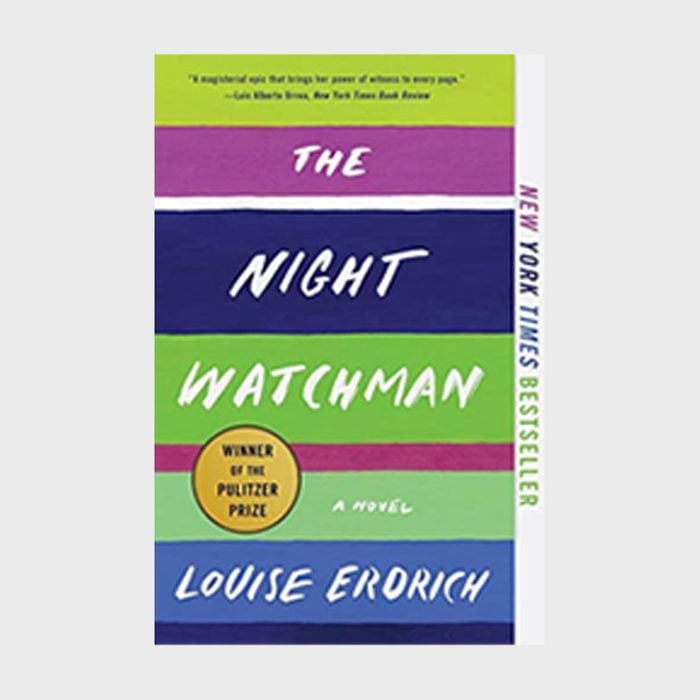
via amazon.com
66. The Night Watchmen by Louise Erdrich (2020)
The Night Watchmen snagged the top spot on our list of the best Native American books for a reason. Based on Louise Erdrich’s grandfather’s life, the story is about one Native American night watchman who fights for his right to land and identity in the United States. The book brims with beautiful sentences and a riveting story, but it also received critical acclaim for its important themes and depiction of cultural identity.
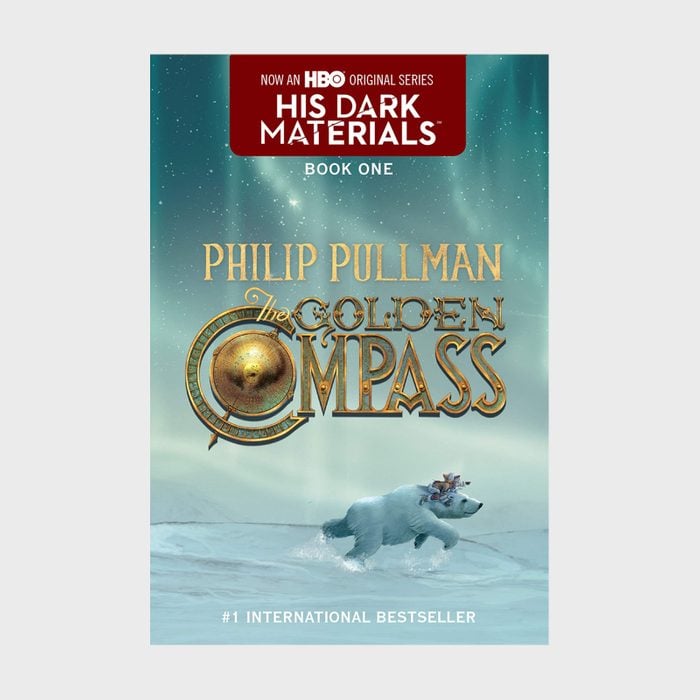
via amazon.com
67. The Golden Compass by Philip Pullman (1995)
Lyra, a bold and brave young woman, takes off into uncharted territories to rescue her friend and other young children from kidnapping by the Gobblers. She also has to help her uncle build a bridge to a parallel world. What she doesn’t realize, however, is that she will face choices that challenge her and require grit she doesn’t know she has. The first in the His Dark Materials series, The Golden Compass is captivating from word one.
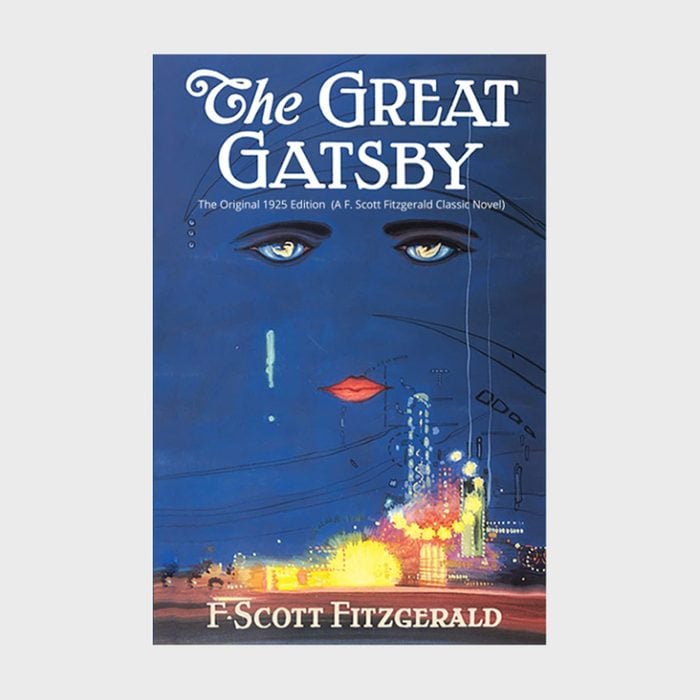
via amazon.com
68. The Great Gatsby by F. Scott Fitzgerald (1925)
The roaring twenties still captivate the imagination of many, so dive into The Great Gatsby for a fantastic story and a historical trip that will leave you reeling. Rich characters and detailed imagery ensconce you in the era and whisk you into a beautiful story of the Jazz Age’s glitzy parties and lusty affections. The book is arguably the most well-known work depicting this time. That’s what places it among the books everyone should read. Not sure what to pick up after you close the book on Gatsby and friends? Choose the best book for you based on your zodiac sign.
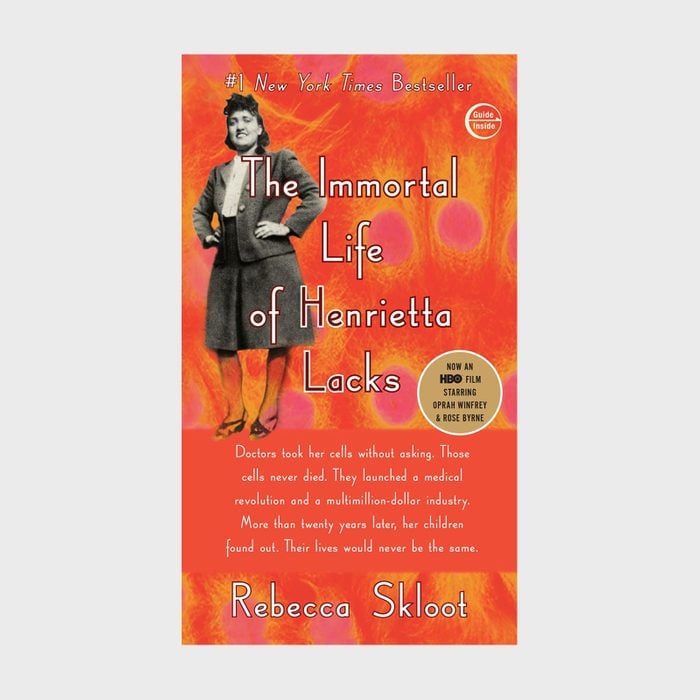
via amazon.com
69. The Immortal Life of Henrietta Lacks by Rebecca Skloot (2010)
Henrietta Lacks, a poor Black tobacco farmer, died of cervical cancer shortly after giving birth to her fifth child in 1951. During her treatment, Lacks’ cells were taken without her knowledge, and they became the first immortalized cell line. That cell line has been used by doctors, researchers, and medical companies to develop everything from the polio vaccine to clones. Her cells are one of the most vital health tools of the 20th and 21st centuries and have made companies millions. Lacks’ family, however, knew nothing about this. The Immortal Life of Henrietta Lacks is a riveting story about race, medicine, ethics, and the search for life.
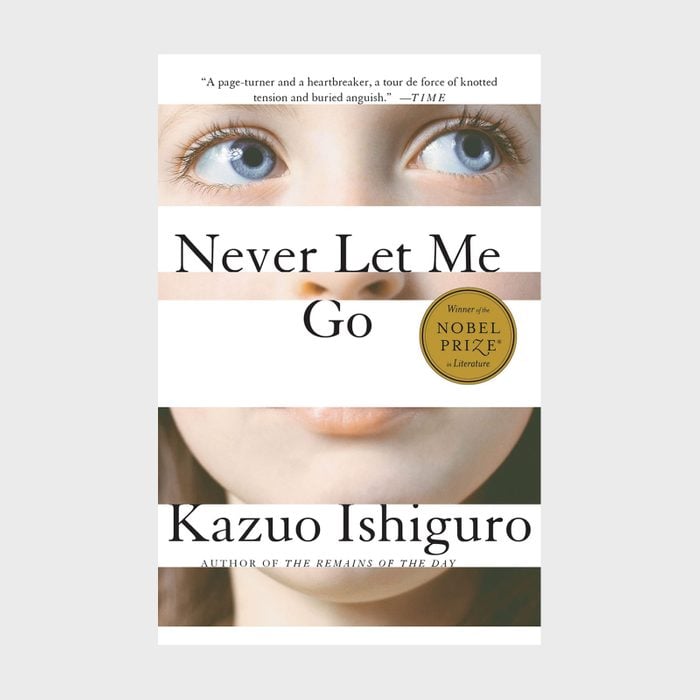
via amazon.com
70. Never Let Me Go by Kazuo Ishiguro (2005)
Kazuo Ishiguro is on our list of contemporary writers you should have read by now. He won the 2017 Nobel Prize in Literature, and his 2005 publication of Never Let Me Go is at least one reason why. The science fiction story centers on cloned humans living in a boarding school who await their future as forced organ donors. But, of course, clones are humans, too, and the students’ lives intertwine with friendship, love, and lust even as they grow more entrapped by their inevitable role in society. This is a must-read for its portrayal of enduring friendship, its questions about medical science, and its masterful writing.
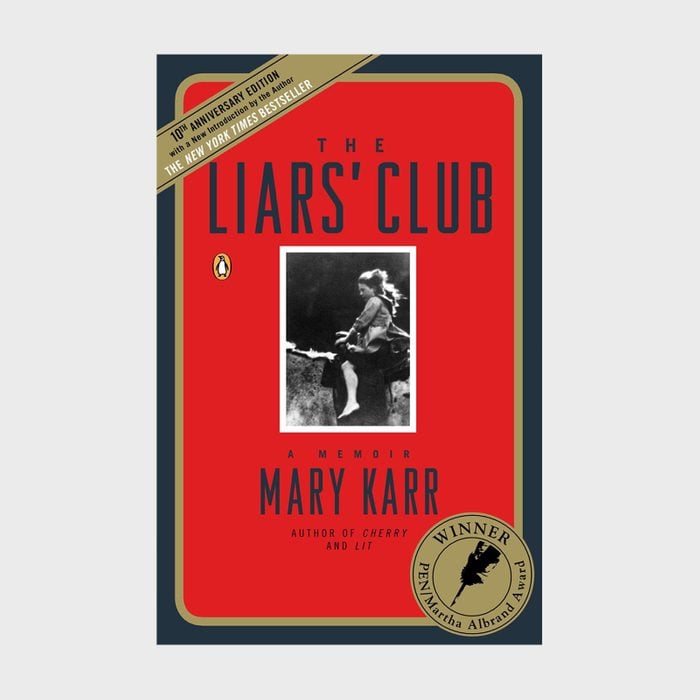
via amazon.com
71. The Liars’ Club: A Memoir by Mary Karr (1995)
Mary Karr’s The Liars’ Club is a darkly humorous story of life in east Texas in the 1960s with a family that could give anyone’s family a run for its money. A daddy who drinks too much, a mother who marries too much, and a sister whose mouth could make a grown man blush—these characters are brilliant depictions of hilarious, horrific human foibles.
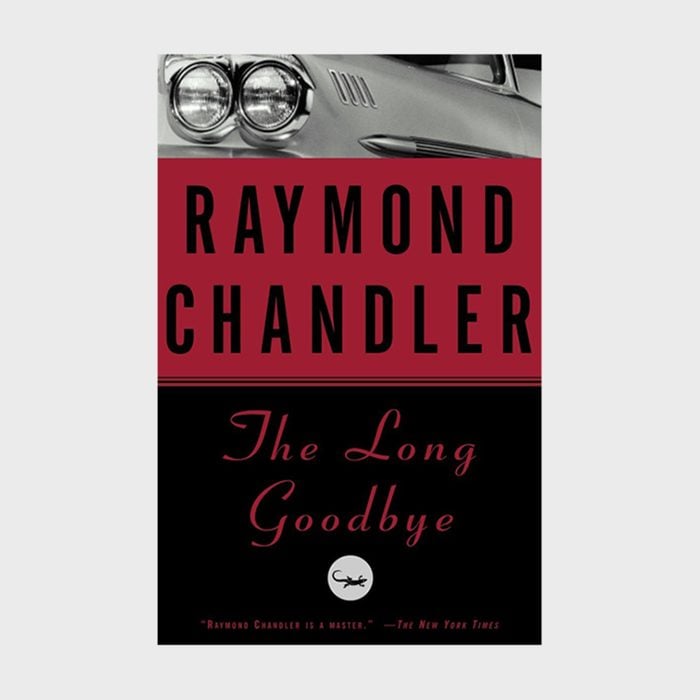
via amazon.com
72. The Long Goodbye by Raymond Chandler (1953)
The Long Goodbye is a murder mystery wrapped up in thrill and suspense. Philip Marlowe befriends a down-on-his-luck veteran, but several clever plot twists later, Marlowe’s friendship with the vet leaves him in the eye of investigators and a gangster. Deeply dark and fascinating, The Long Goodbye belongs to a series of novels about investigator Marlowe, and critics quibble about which are the best. You can’t go wrong with any—they’re all must-read books. Next, check out these book recommendations based on TV shows you might’ve watched.
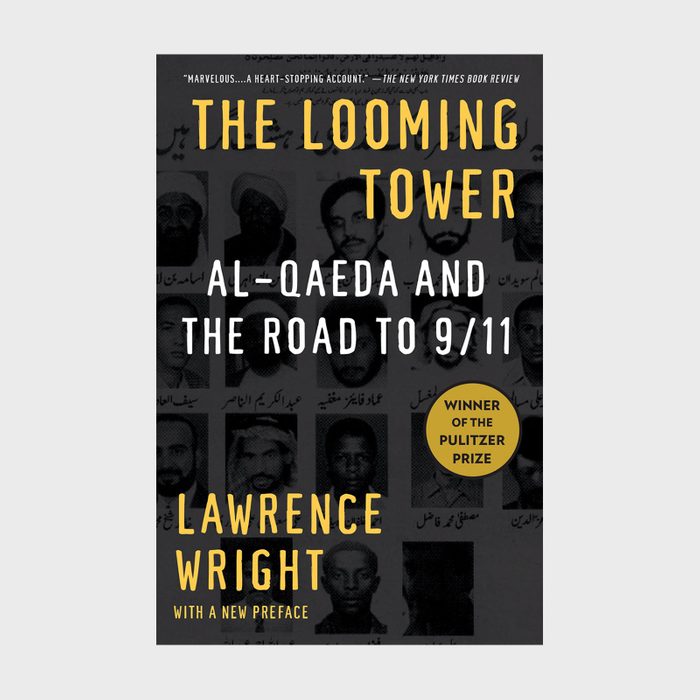
via amazon.com
73. The Looming Tower: Al-Qaeda and the Road to 9/11 by Lawrence Wright (2006)
You think you know the events that led to September 11, 2001, but The Looming Tower is a history lesson that is as profound as it is infuriating and painful. In the five decades leading up to one of America’s darkest hours, you will trace the beginning elements of fundamental Islam, the rise of Osama bin Laden, and the terrorist groups that sought to bring down a country.
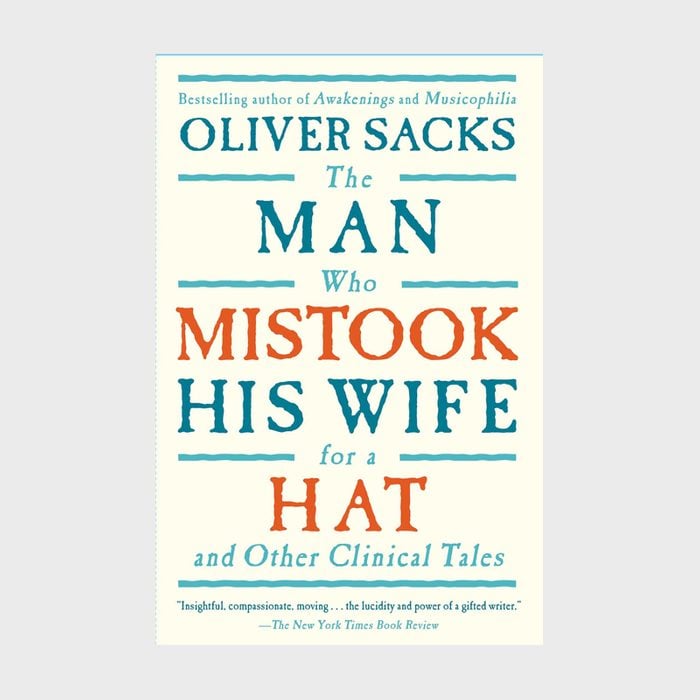
via amazon.com
74. The Man Who Mistook His Wife for a Hat: And Other Clinical Tales by Olive Sacks (1985)
Physicians and health care providers could likely fill volumes with the strange, heartbreaking, and obscene things they experience in their practices. In The Man Who Mistook His Wife for a Ha t, one doctor finally did commit those episodes to paper. Oliver Sacks recounts stories of patients with a variety of neurological disorders—including, as the name suggests, a man who mistook his wife for a hat—that leave them physically here but mentally miles away. It’s captivating and heartbreaking, and it helps you understand how doctors connect with the humans behind the diagnoses. For more medical dramas, check out our list of the best doctor shows on TV.
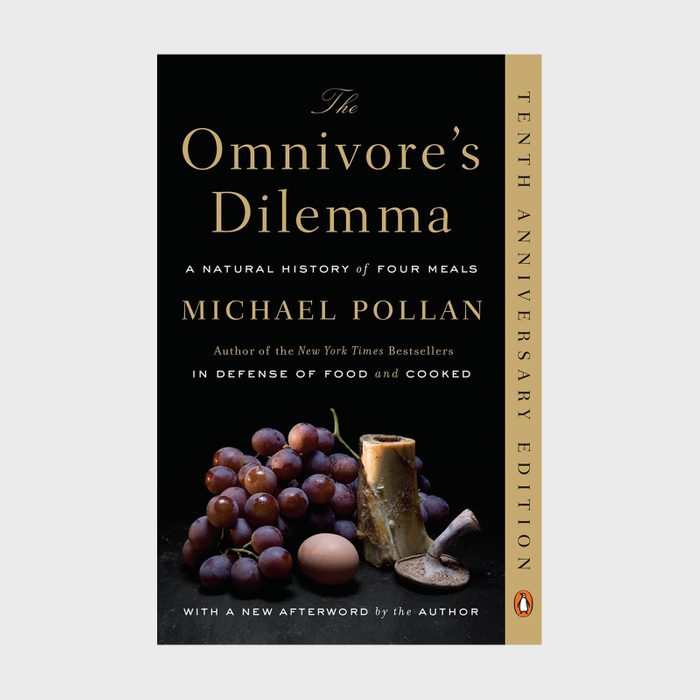
via amazon.com
75. The Omnivore’s Dilemma: A Natural History of Four Meals by Michael Pollan (2006)
Michael Pollan may ultimately be one of the biggest forces for changes in food systems, sustainability, and healthful living. In The Omnivore’s Dilemma, Pollan shows how the meals we choose to eat impact everything from our health to the world’s ultimate outlook. Nearly a decade after he first published this book, Pollan’s call to deeper thought and conversation about our food systems continues to shift the way we eat, grow, and share our food.
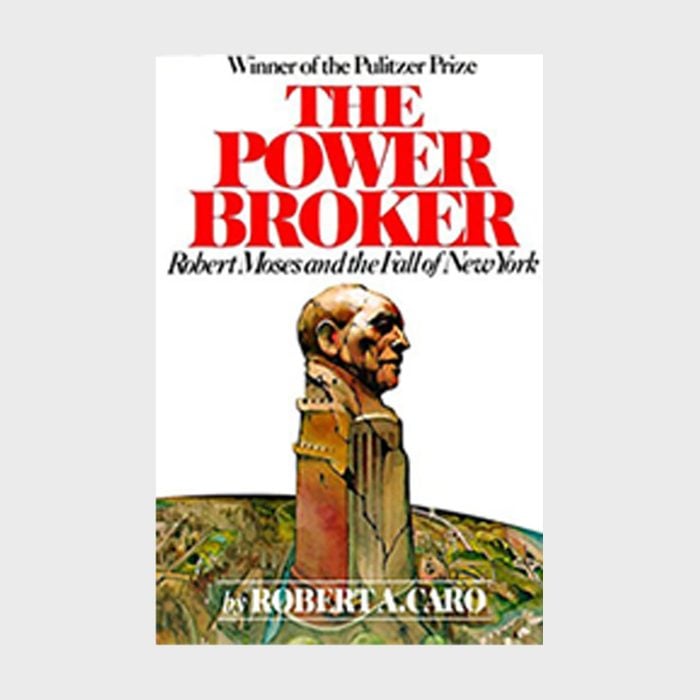
via amazon.com
76. The Power Broker: Robert Moses and the Fall of New York by Robert A. Caro (1974)
New York City has been home to big personalities, but perhaps none have been quite as powerful as Robert Moses. He established much of what the city is today, from its bureaucratic utility companies to its physical layout and infrastructure. He was a force to be reckoned with, taking into his control much of the city’s development and prosperity—that is, until he finally met his match in Nelson Rockefeller. We’ve deemed this essential reading for understanding the history and politics of the Big Apple.
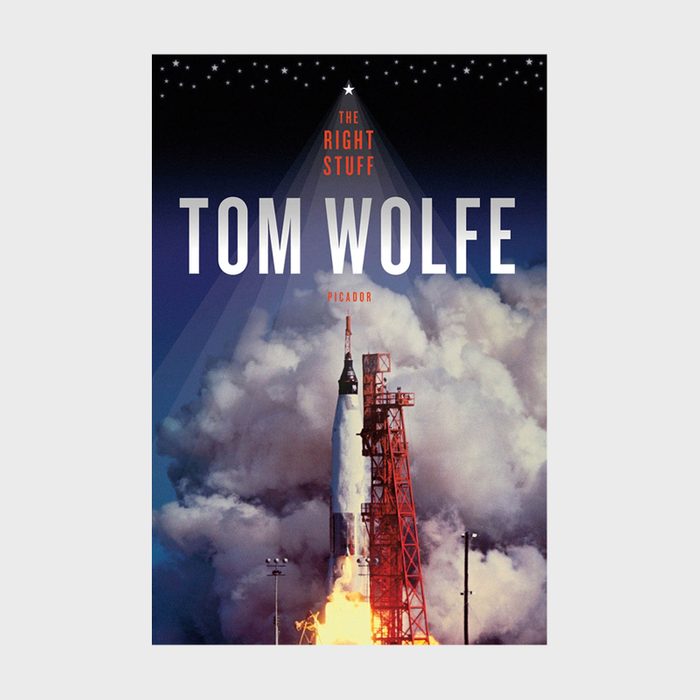
via amazon.com
77. The Right Stuff by Tom Wolfe (1979)
Many words have been committed to paper to commemorate and honor the United States’ race to the moon and the men and women behind those missions. But perhaps no other book can take you deep into the mindset and the tenacity, grit, and courage it took to complete the Apollo missions the way Tom Wolfe did in The Right Stuff.
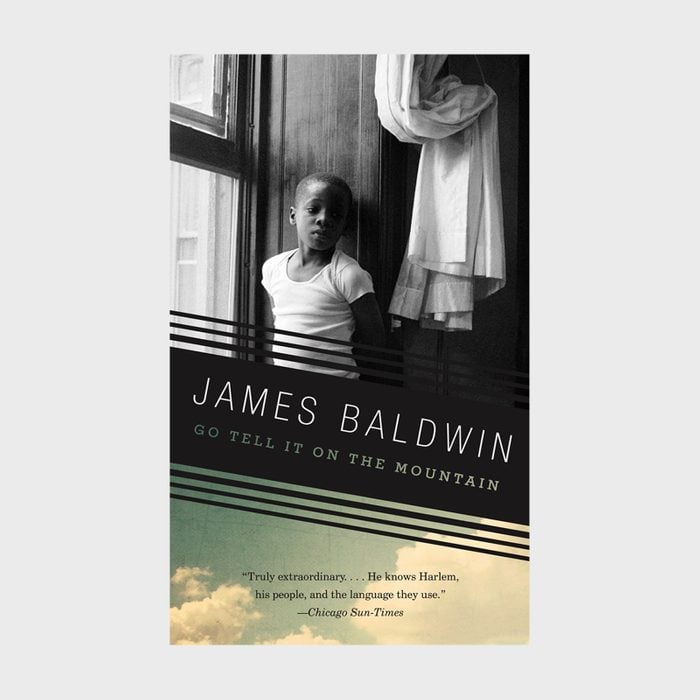
via amazon.com
78. Go Tell It on the Mountain by James Baldwin (1953)
As a gay Black man in the 20th century, James Baldwin inspired generations of readers who relate to any one of his identities. Despite—and sometimes spurred by—the discrimination he faced, he wrote prolifically. While there are many, many Baldwin texts to recommend, Go Tell It on the Mountain landed on this list because of its semi-autobiographical nature. This American classic tells the story of one Harlem man’s spiritual and sexual reckoning.
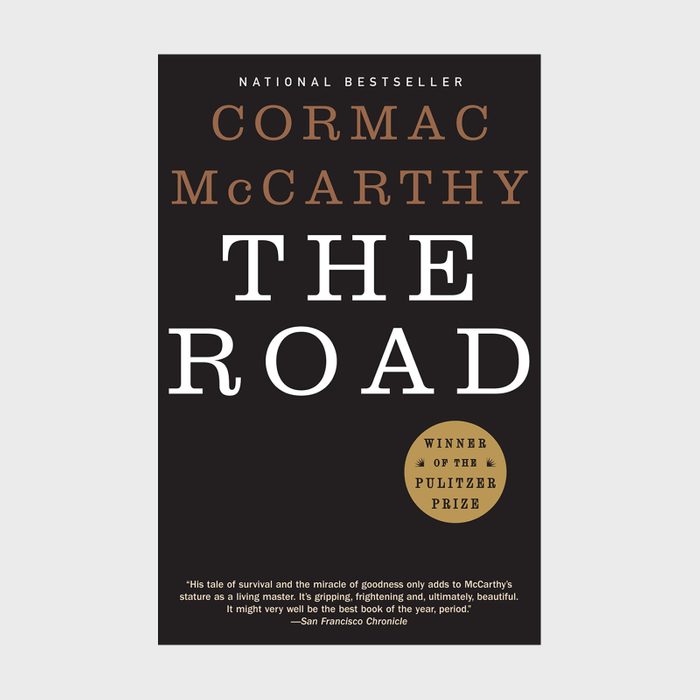
via amazon.com
79. The Road by Cormac McCarthy (2006)
The Road is a deeply poetic and haunting tale of a father and son, “each the other’s world entire,” and the journey they take across a burned and destroyed America. They have little to their names, save each other, some scavenged food, and a pistol, yet they must fend off the worst of post-apocalyptic America—roaming gangs of thieves, isolation, desolation, and devastation—as they make their way to the coast, where they hope to figure out what’s next.
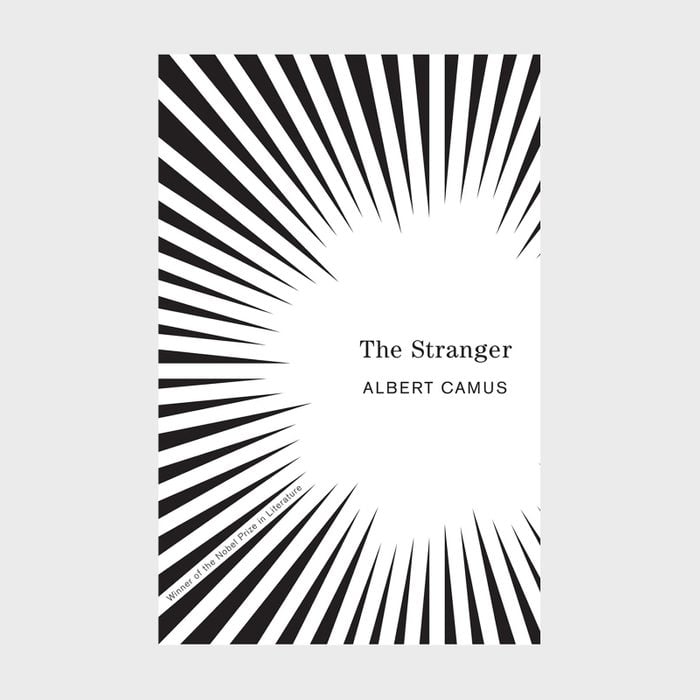
via amazon.com
80. The Stranger by Albert Camus (1942)
Albert Camus’ The Stranger has long lived a dual life of meaning: In one way, it’s a story of mystery, murder, death, and destruction. In another, it’s a sermon on the absurd and the power of human thought. Camus, for his part, wrote, “I summarized The Stranger a long time ago with a remark I admit was highly paradoxical: ‘In our society, any man who does not weep at his mother’s funeral runs the risk of being sentenced to death.’ I only meant that the hero of my book is condemned because he does not play the game.”
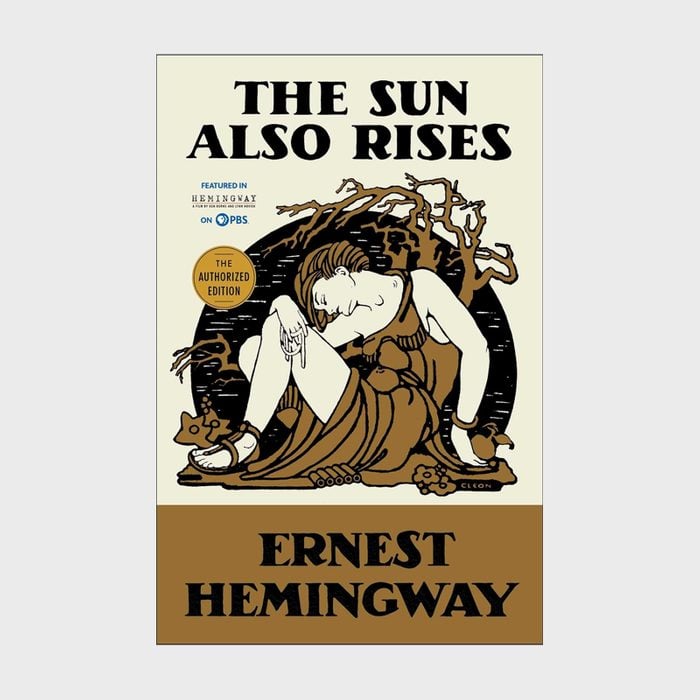
via amazon.com
81. The Sun Also Rises by Ernest Hemingway (1926)
Ernest Hemingway wrote stories filled with powerful emotions and unforgettable characters in a strikingly simple manner. The Sun Also Rises, which examines the disillusionment, angst, and apprehension of the post–World War I generation, is one of his finest works. In this novel, readers follow the tales and adventures of Jake Barnes and Lady Brett Ashley as they swing through Europe with bewildered expats, seeking out the next great thrill.
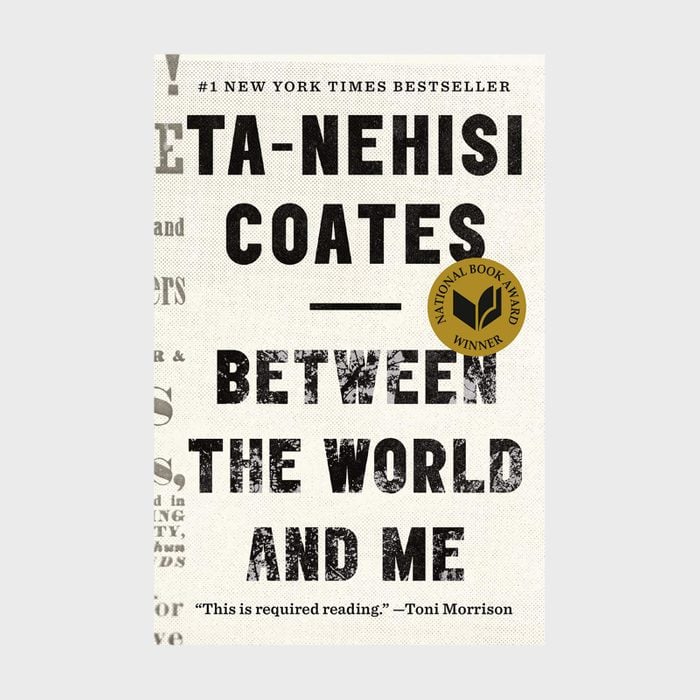
via amazon.com
82. Between the World and Me by Ta-Nehisi Coates (2015)
Our list of the best books of all time filled up quickly with fiction. But there are a few nonfiction tomes, including Ta-Nehisi Coates’ bible for the Black Lives Matter movement, that cannot be left out. This important book about racism offers a clear understanding of how Black men and women have been ostracized and exploited by formal systems throughout history. What makes the book even more compelling is how it mashes together history and modern memoir. The result is a bold, clear call to upend current racist systems and strive for a truly fair society.
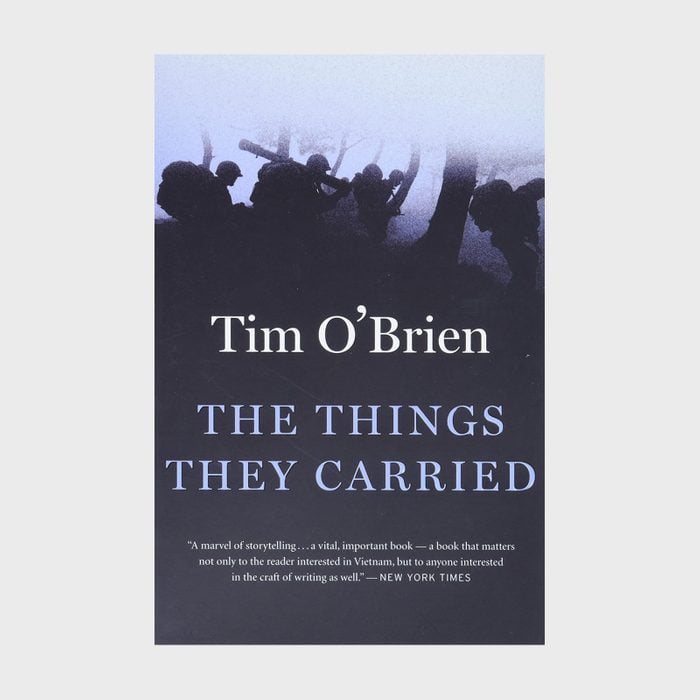
via amazon.com
83. The Things They Carried by Tim O’Brien (1990)
Perhaps the greatest book of fiction on Vietnam, The Things They Carried is a powerful story about war, memory, death, imagination, the importance of storytelling, and the human spirit. Tim O’Brien moves beyond the pain of war to examine the sensitivity and nature that each soldier brought with him on that long journey to Vietnam and the scars that returned with them. It’s a raw, honest look at a war that changed the country.
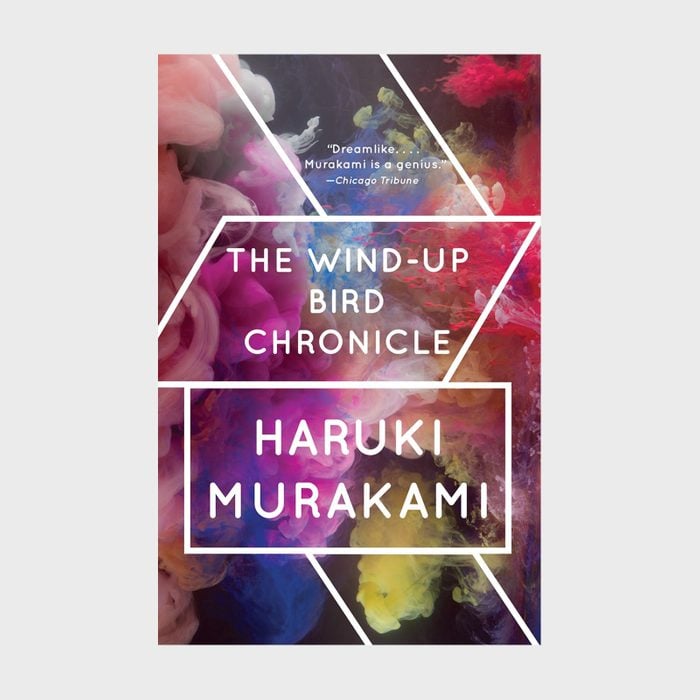
via amazon.com
84. The Wind-Up Bird Chronicle by Haruki Murakami (1994)
A search for a lost cat turns into a search for a lost wife in this prescient, engrossing, and humorous novel. At the intersection of a failing marriage, a dark past, and a secretive underground, Toru Okada encounters an untold number of bizarre people and experiences as he longs for answers that may never come for him—or even for you, the reader. Reviewers have said that though this magical realism book takes time and attention to read, the magnificent tome is absolutely worth it.
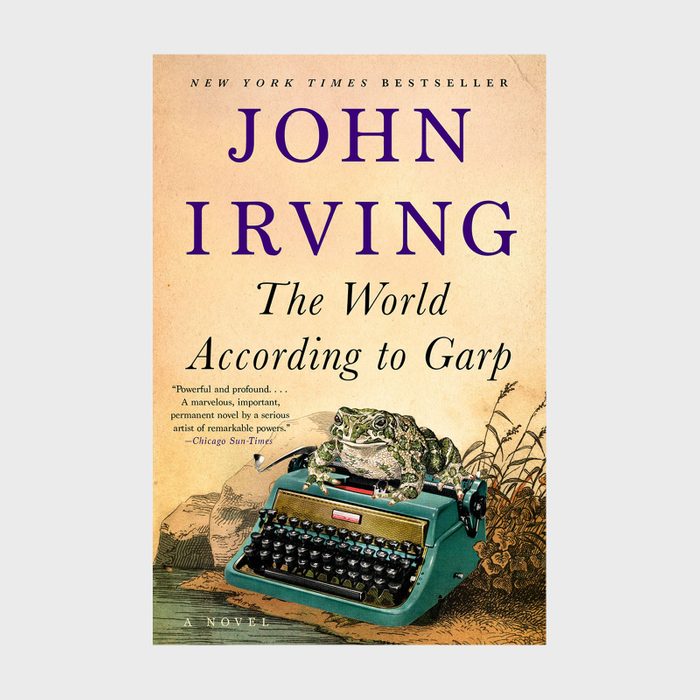
via amazon.com
85. The World According to Garp by John Irving (1978)
Leave any puritan tendencies at the door when you pick up a copy of John Irving’s The World According to Garp. This story highlights the life of T.S. Garp, the bastard son of a feminist and activist. Garp’s world is a roller coaster of extremes—emotional, physical, and sexual. He faces scenarios so outlandishly awful and painful, you can’t help but laugh, cringe, cry, and cheer. Enjoy the journey!
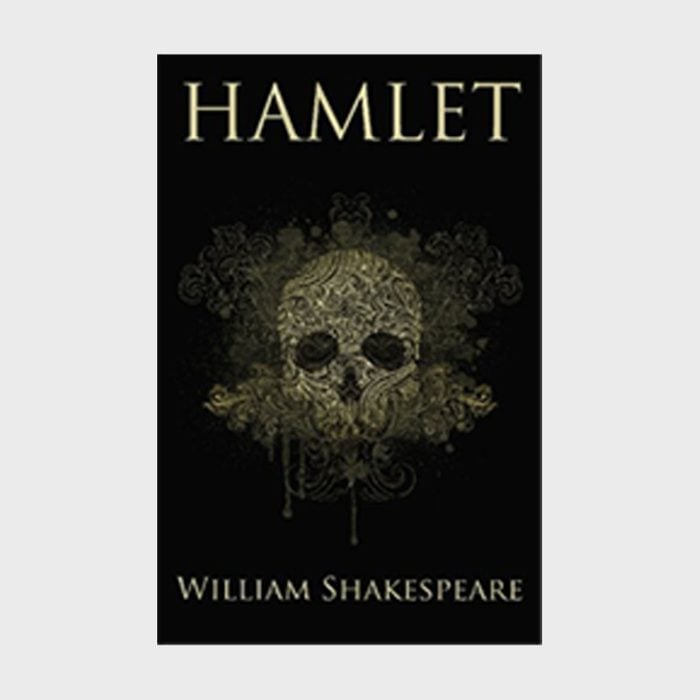
via amazon.com
86. Hamlet by William Shakespeare (1603)
If you only ever read one of Shakespeare’s plays, let it be this, the tragic tale of a son on a quest to avenge his murdered father. Part of what makes Hamlet so iconic is how it has been retold and referenced in the centuries since it was first written. This work has spawned an entire collection of other pop culture, from Disney’s The Lion King to Rosencrantz and Guildenstern Are Dead by Tom Stoppard. If you haven’t read it already, grab a copy of this slim little work and prepare to be swept away by madness, intrigue, and bitter fate.
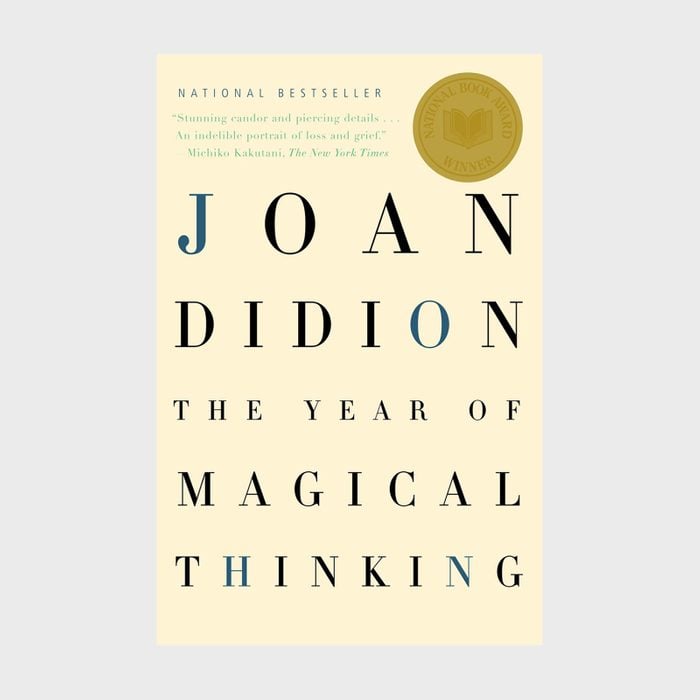
via amazon.com
87. The Year of Magical Thinking by Joan Didion (2005)
One of life’s truest axioms is that there will be good times and there will be bad times. If you can relate to both, or even if you can’t, Joan Didion’s The Year of Magical Thinking is a heart-wrenching story of a marriage, a family, a relationship, and a life that’s good, great, bad, awful, and everything in between. And in the end, isn’t that just a story about life?
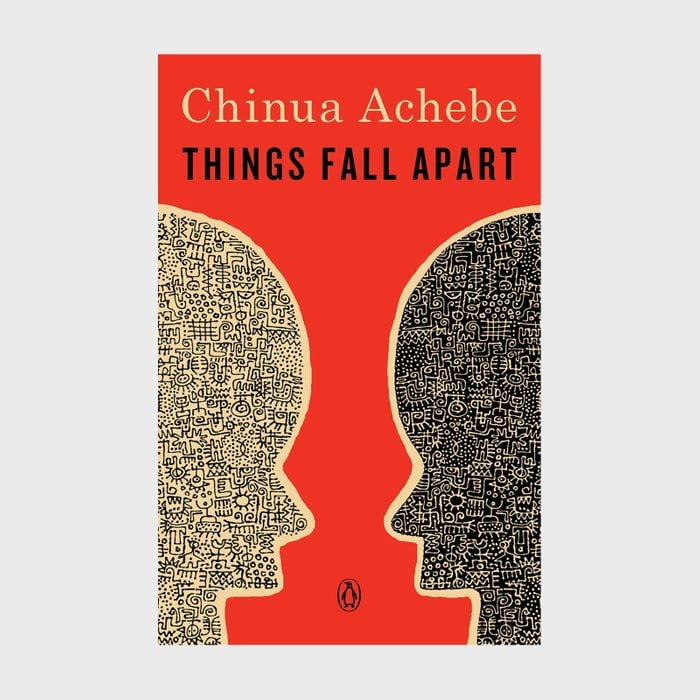
via amazon.com
88. Things Fall Apart by Chinua Achebe (1958)
More than a century ago, worlds collided on the African continent when European colonizers arrived to establish outposts for their respective queens, kings, and presidents. What happened to the countries, the natives, and the settlers was nothing short of cataclysmic and tragic. Things Fall Apart tells the story of pre-colonial Africa and the great loss the world suffered when these civilizations and traditions were wiped away.
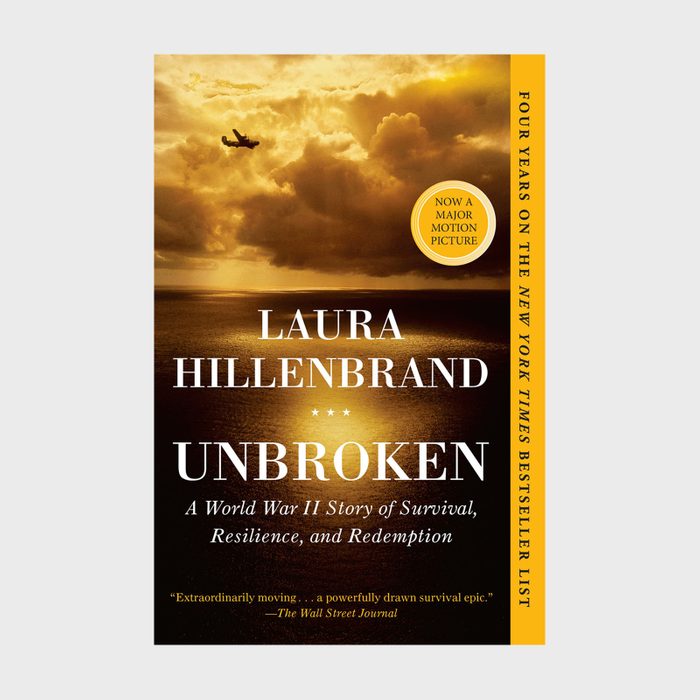
via amazon.com
89. Unbroken: A World War II Story of Survival, Resilience, and Redemption by Laura Hillenbrand (2010)
The story behind Unbroken is so unbelievable and so improbable, it’s difficult to accept that it’s the real story of Louis Zamperini. Rebellious teenage years gave way to an Olympic career and eventually a stint as a U.S. airman. Zamperini soon found himself stranded in the Pacific Ocean and adrift thousands of miles from help. Where other men may have accepted their fate, he fought with hope, toughness, and humor to triumph. It’s an inspiring read for all.
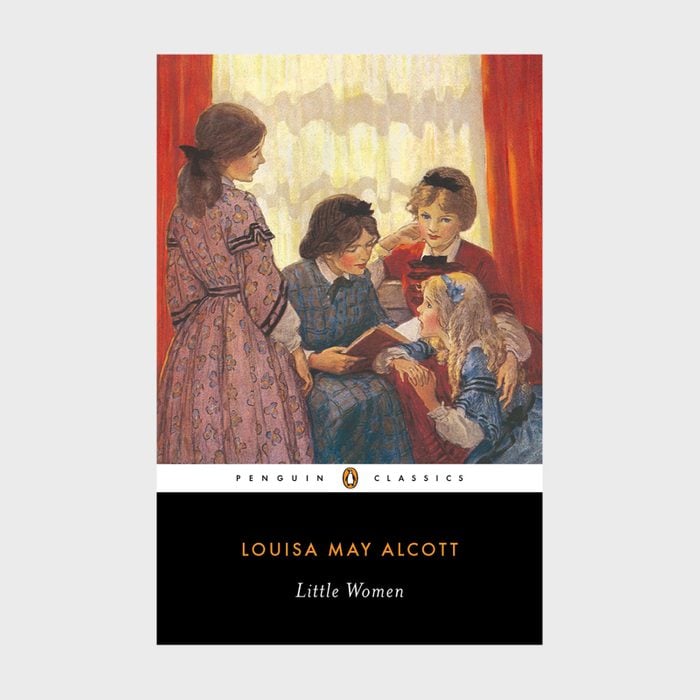
via amazon.com
90. Little Women by Louisa May Alcott (1868)
Is there any other mother-daughter book as iconic as Little Women? Louisa May Alcott’s story of the March sisters—Jo, Meg, Beth, and Amy—traverses their lives from childhood to adulthood. It’s a coming-of-age story that remains relevant for women everywhere because of its themes of love, career, and budding identity. No list of the best books of all time would be complete without this truly classic novel.
Shop Now
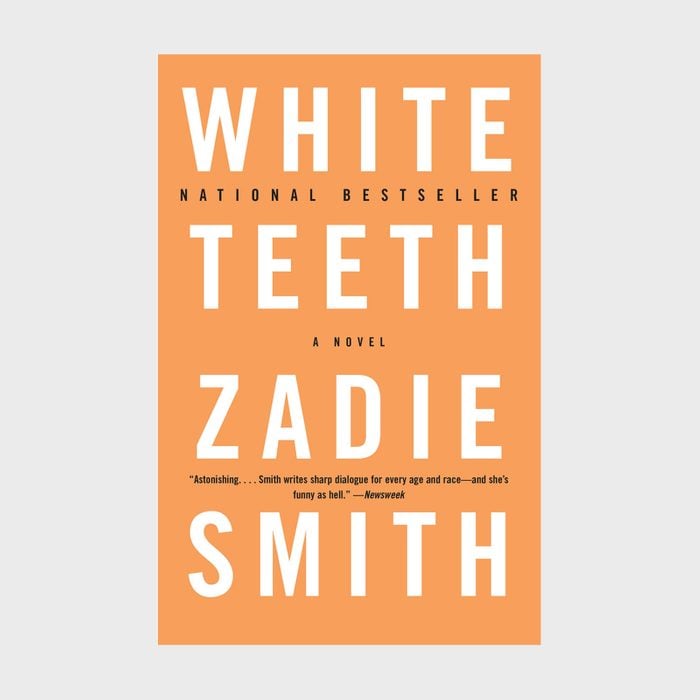
via amazon.com
91. White Teeth by Zadie Smith (2000)
Zadie Smith’s debut novel tells the tale of two women whose lives are forever changed by what they experienced together during World War II. This fast-paced historical fiction story covers a lot of ground: race, ethnicity, religion, class struggles, and more. The powerhouse novel landed on our list for its overwhelming praise from readers and critics alike.
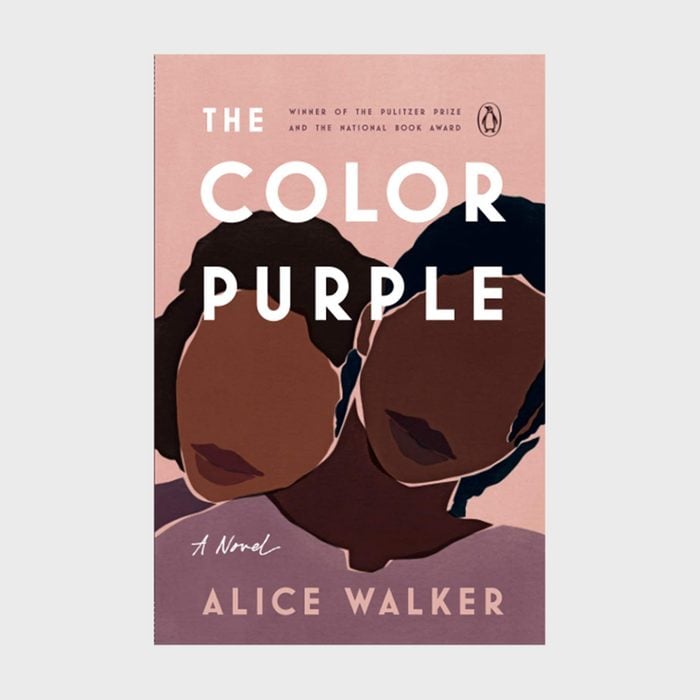
via amazon.com
92. The Color Purple by Alice Walker (1982)
When Alice Walker’s award-winning novel was first published in the 1980s, it was quickly censored. The author has said that most of the criticisms come from those who never even cracked open the book. So, what’s all the hubbub about? The Color Purple tells the story of a Black teen in 1930s rural Georgia. It centers around Celie, who writes about her day-to-day life in letters addressed to God. Yes, the book contains sexual themes, profanity, and violence. But its powerful prose has won awards, resulted in film and musical adaptations, and earned a spot on “best of” lists everywhere.
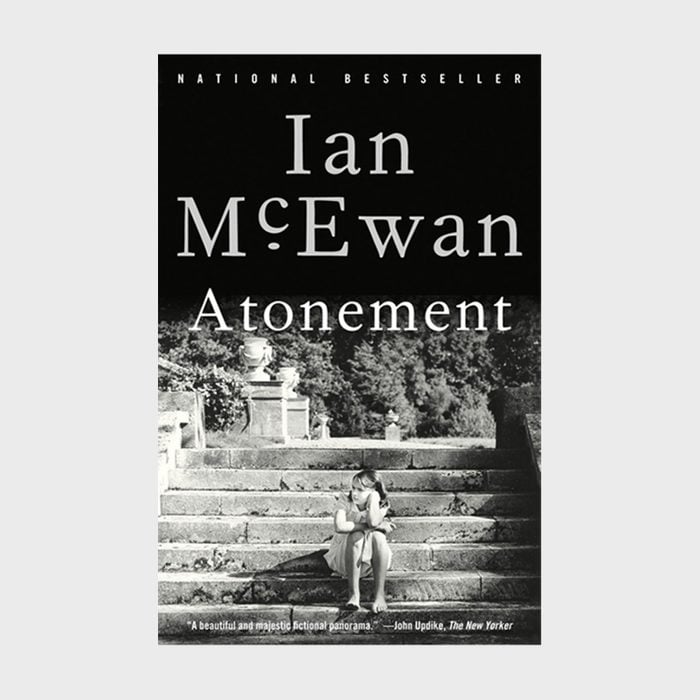
via amazon.com
93. Atonement by Ian McEwan (2001)
Set in World War II–era England, Ian McEwan’s award-winning Atonement also landed on our list of the best historical fiction of all time. The novel tells the story of Briony Tallis and how her childhood accusation against a family friend changes three lives forever. It’s a romance. It’s a war novel. It’s historical fiction that will grab hold of your 21st-century heart and squeeze it till you cry. Though it’s not a light read, you’ll find yourself flying through the pages until you reach the gut-wrenching finale.

via amazon.com
94. Wuthering Heights by Emily Brontë (1847)
Could a book you read in high school really be considered one of the best books of all time? In the case of Wuthering Heights, yes. Emily Brontë’s classic novel takes a simple love story and smashes it to pieces with deft psychology and a dark Gothic atmosphere. Handsome Heathcliff falls head over heels for his foster sister, Catherine. But when another man enters the scene, their love story takes a manipulative, violent turn. The ripple effects of his jealousy even carry over into the next generation. Whether you end up loving or detesting this classic, dark romance, it’s worth a read.
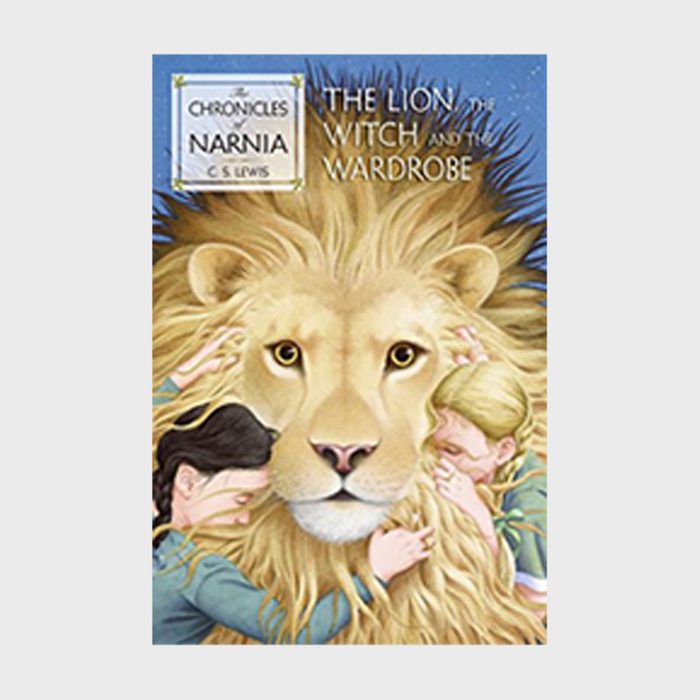
via amazon.com
95. The Lion, the Witch, and the Wardrobe by C.S. Lewis (1950)
C.S. Lewis wrote and published numerous nonfiction and fiction books throughout his lifetime, but none have seeped so soundly into pop culture as those in the Chronicles of Narnia series. In this, the first installment, Lewis whisks readers through the wardrobe and into a vivid allegory that children and adults have fallen in love with again and again. You’ll see good and evil clash in the fight between Aslan and the White Witch. You’ll see compassion and forgiveness bloom between the Pevensie siblings. And you’ll certainly whet your appetite for more fantastical adventures as you reach the final page. This book is a children’s classic for a reason.
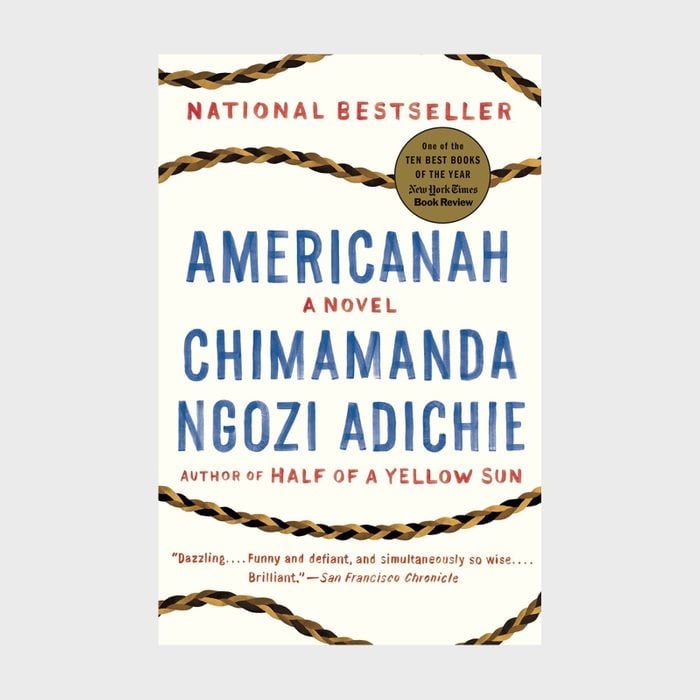
via amazon.com
96. Americanah by Chimamanda Ngozi Adichie (2013)
If you haven’t yet read something by Chimamanda Ngozi Adichie, it’s time to start. Americanah won the 2013 U.S. National Book Critics Circle Award for fiction (joining the likes of Ian McEwan’s Atonement) and captured the imagination of readers all over the world. It’s the story of love, regret, and identity, as experienced by a Nigerian immigrant to the United States. The book simultaneously weaves a beautiful tale while revealing truths about the African diaspora that many American readers might not already know. It’s a new classic and truly one of the best fiction books you’ll read all year.
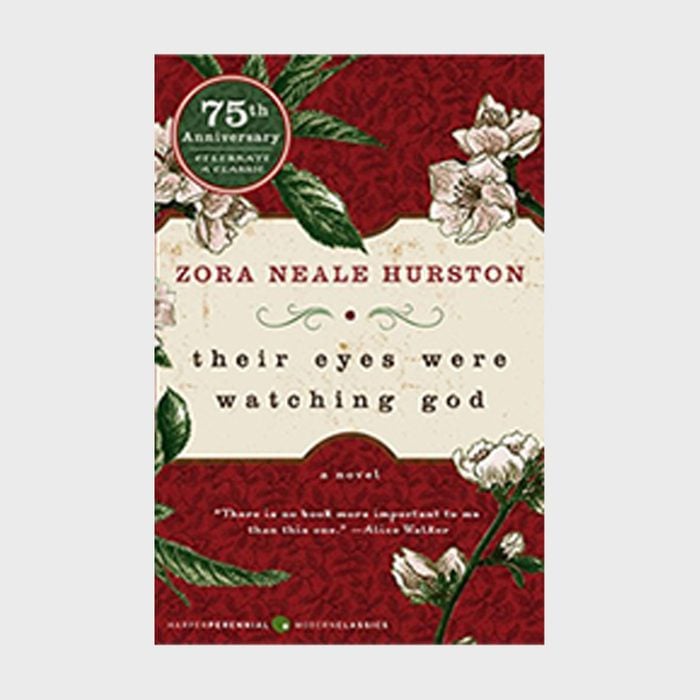
via amazon.com
97. Their Eyes Were Watching God by Zora Neale Hurston (1937)
This groundbreaking novel by Zora Neale Hurston took years to get the praise it deserved. Now it’s widely regarded as a landmark book in African American literature. It reveals themes of fate versus free will, gender, and race in the story of Janie Crawford, a young Black girl who must make her own way in 1930s Florida.
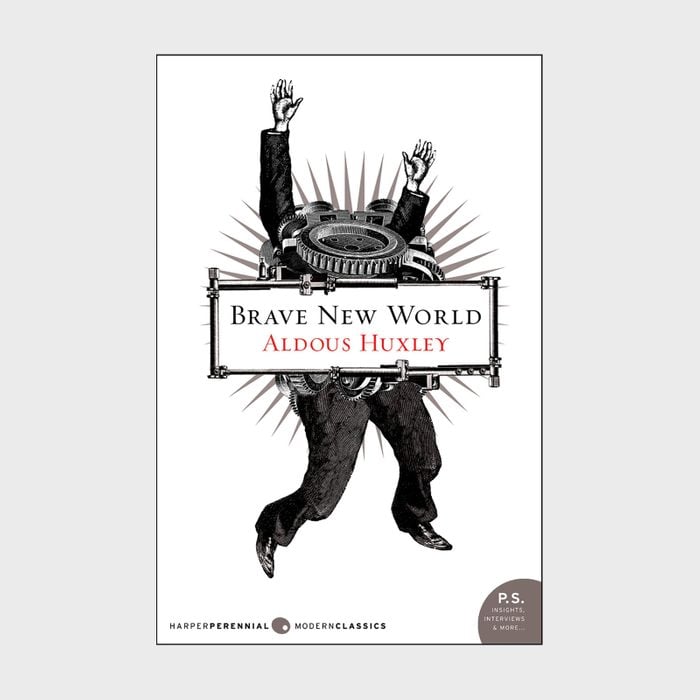
via merchant
98. Brave New World by Aldous Huxley (1932)
Walk either through the best bookstores in each state or your local bookstore and it won’t take long to find a shelf full of dystopian fiction. From The Hunger Games and Divergent to The Handmaid’s Tale and The Giver, twisted tales of societies gone wrong have practically become de rigueur_._ But once upon a time, that wasn’t the case. When Aldous Huxley penned the story of the World State, in which humans were conditioned out of their emotions and ability to bond with others, his ideas were new and somewhat shocking. The parallels to today—medicating oneself to stop feeling, genetic engineering, and instant gratification—make it all the more compelling for modern readers.
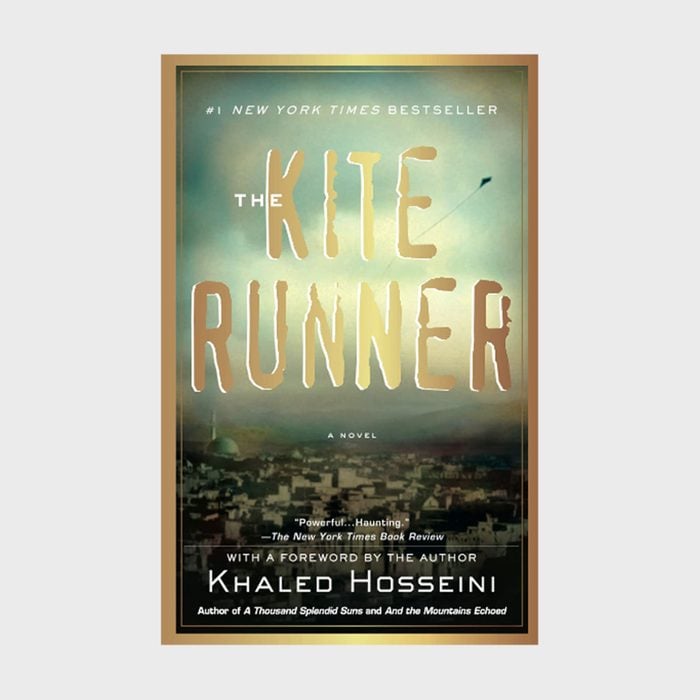
via amazon.com
99. The Kite Runner by Khaled Hosseini (2003)
Khaled Hosseini’s debut novel has been read by millions of people all over the world, clearly marking it as one of the best books of all time. It tells the touching story of two boys in modern-day Afghanistan: one wealthy, the other poor. The timing of the book (published at the height of the country’s presence in American news) buoyed its popularity, but the story is powerful enough to stand on its own. Themes of friendship, redemption, and familial love make it a universal chronicle that will keep readers of all ages riveted until the end. For more deeply moving fiction, join an online book club and discuss your reads with like-minded book lovers.
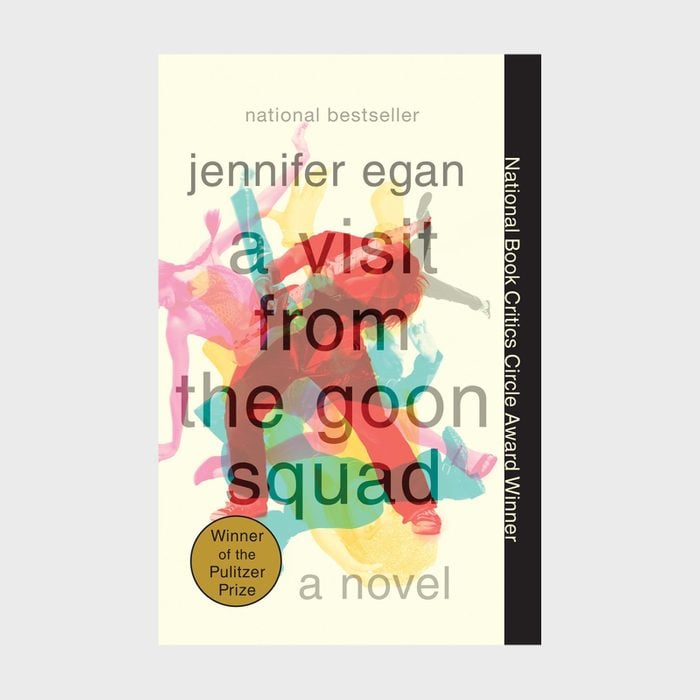
via amazon.com
100. A Visit from the Goon Squad by Jennifer Egan (2010)
This 2011 Pulitzer Prize–winning book is a series of 13 stories. All are connected by a record company exec named Bennie Salazar (and his assistant, Sasha). The stories intersect through time, revealing each character’s past—and the way time changes us all. It stands apart for its form, quietly shocking characters, and acknowledgment of how the world keeps spinning madly, whether we keep up with the pace or not. It’s a must-read for its insight and trajectory toward modern-day classic status. Need something else to keep you entertained when you finish this book? Press Play on one of the best movies from the past 100 years.